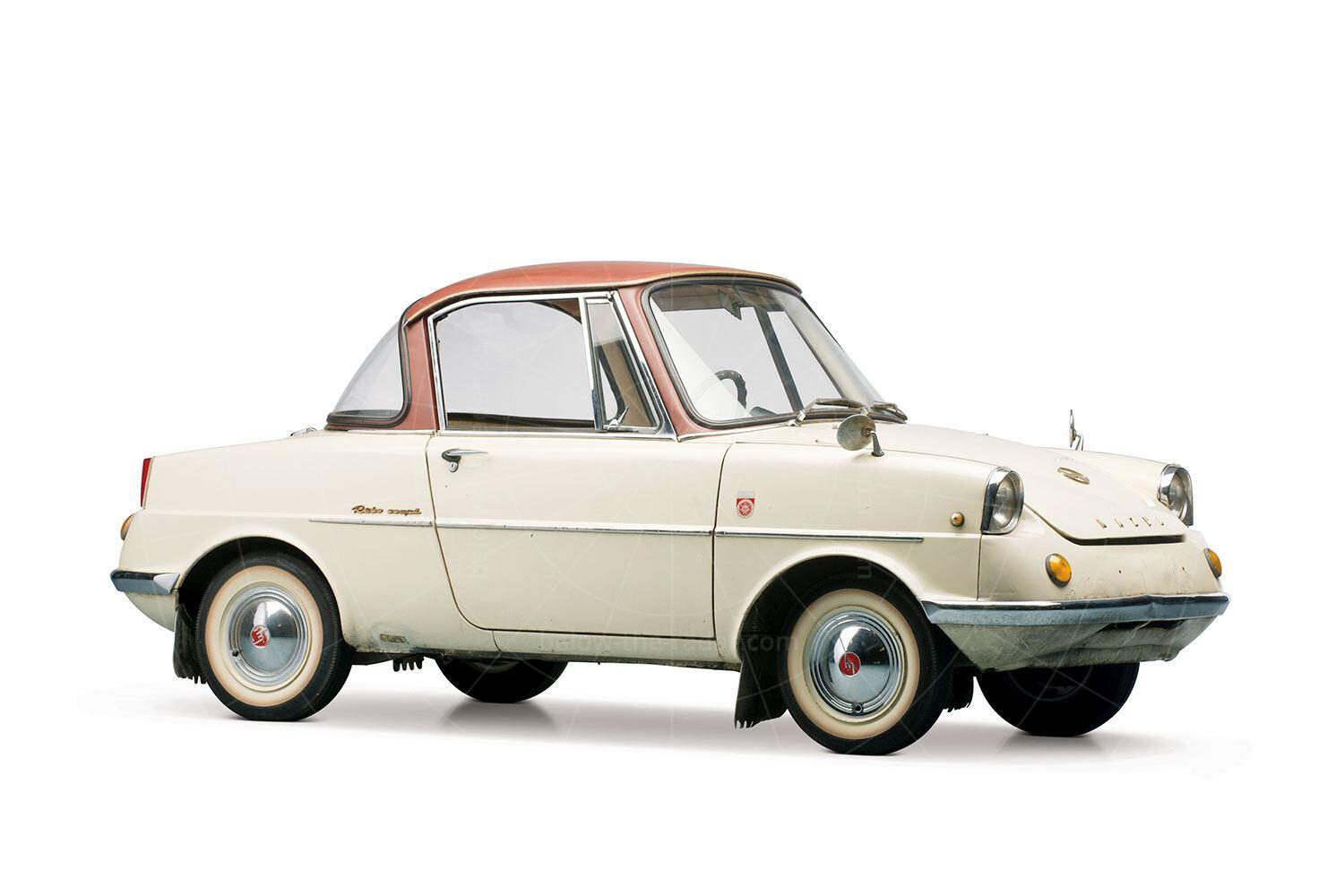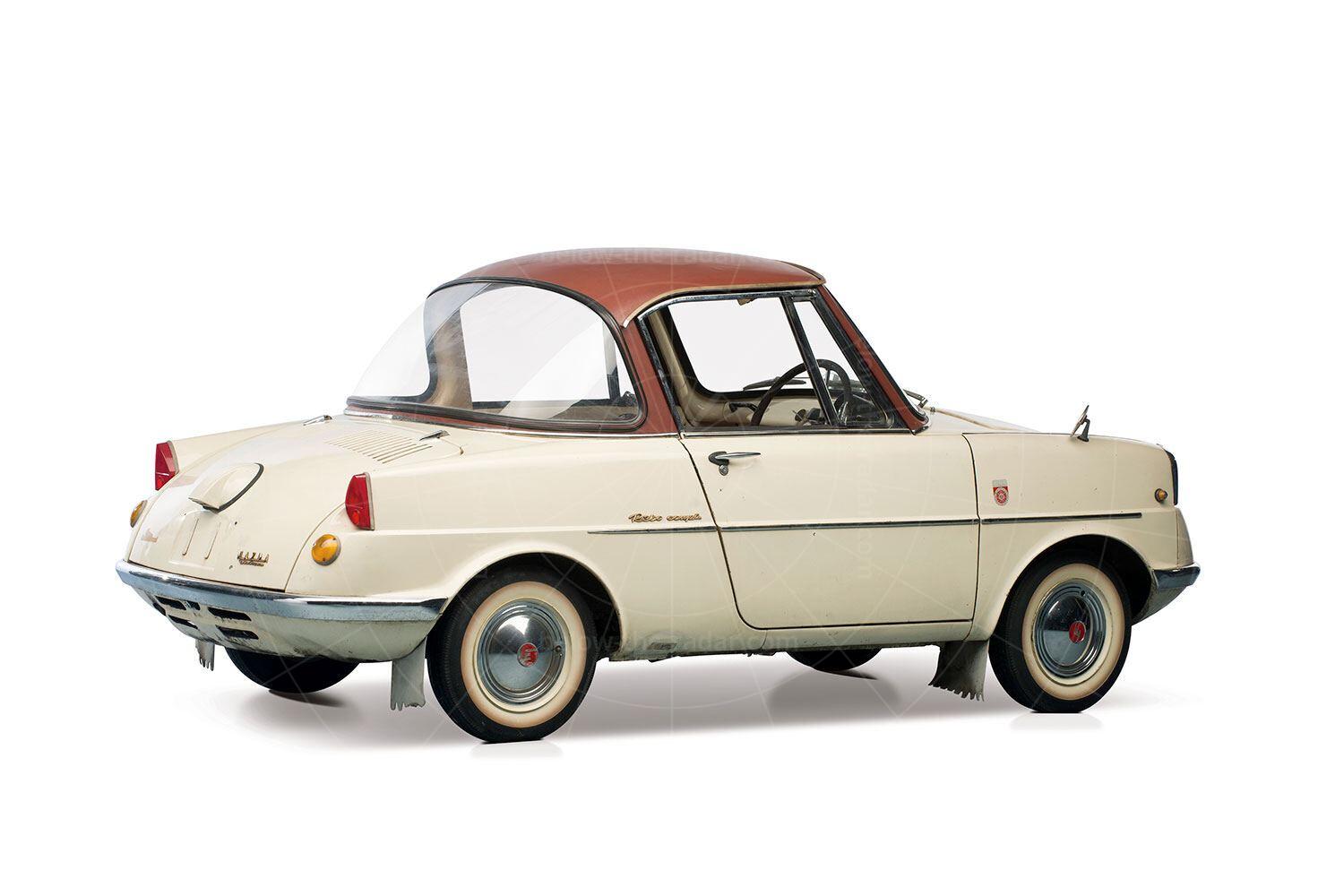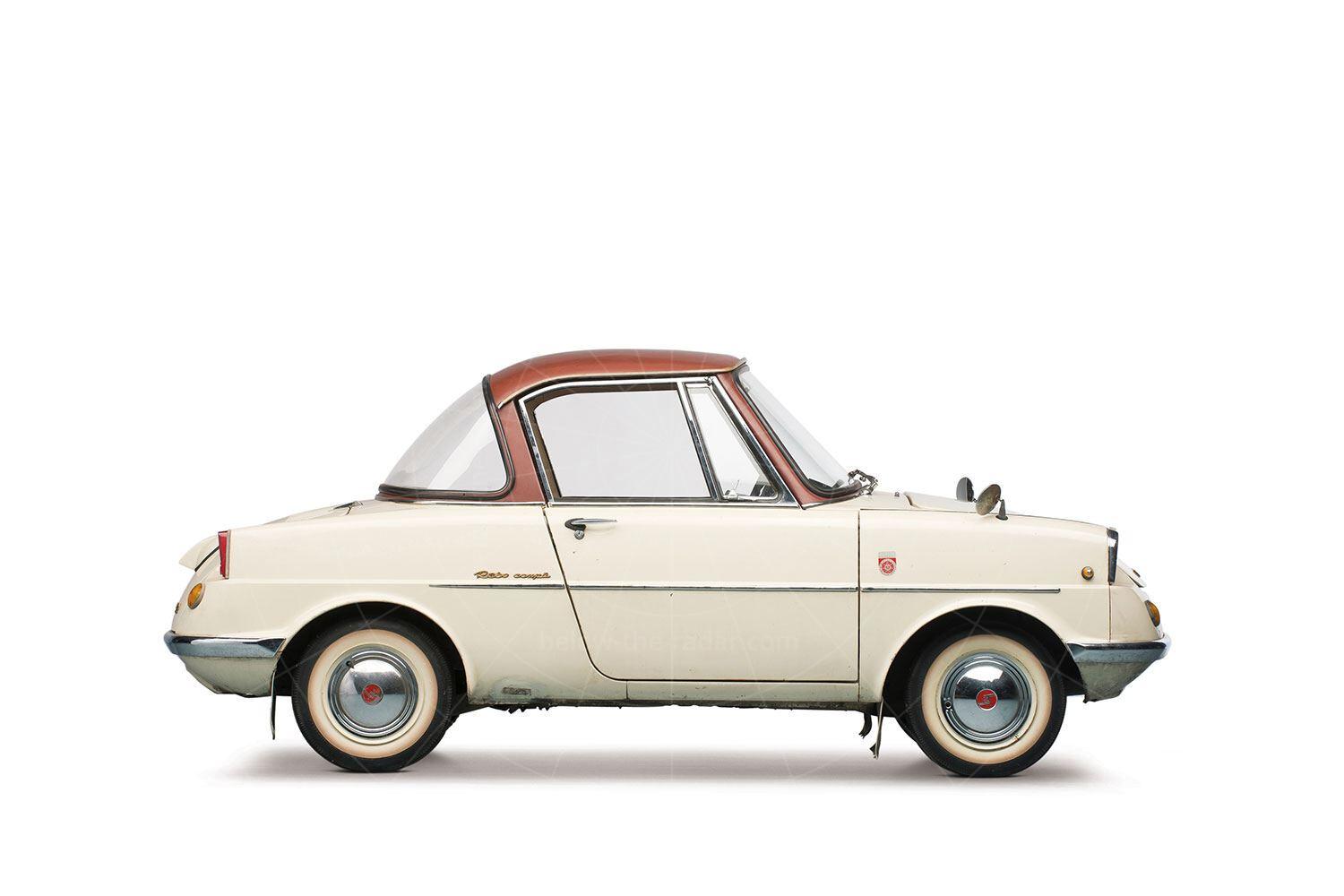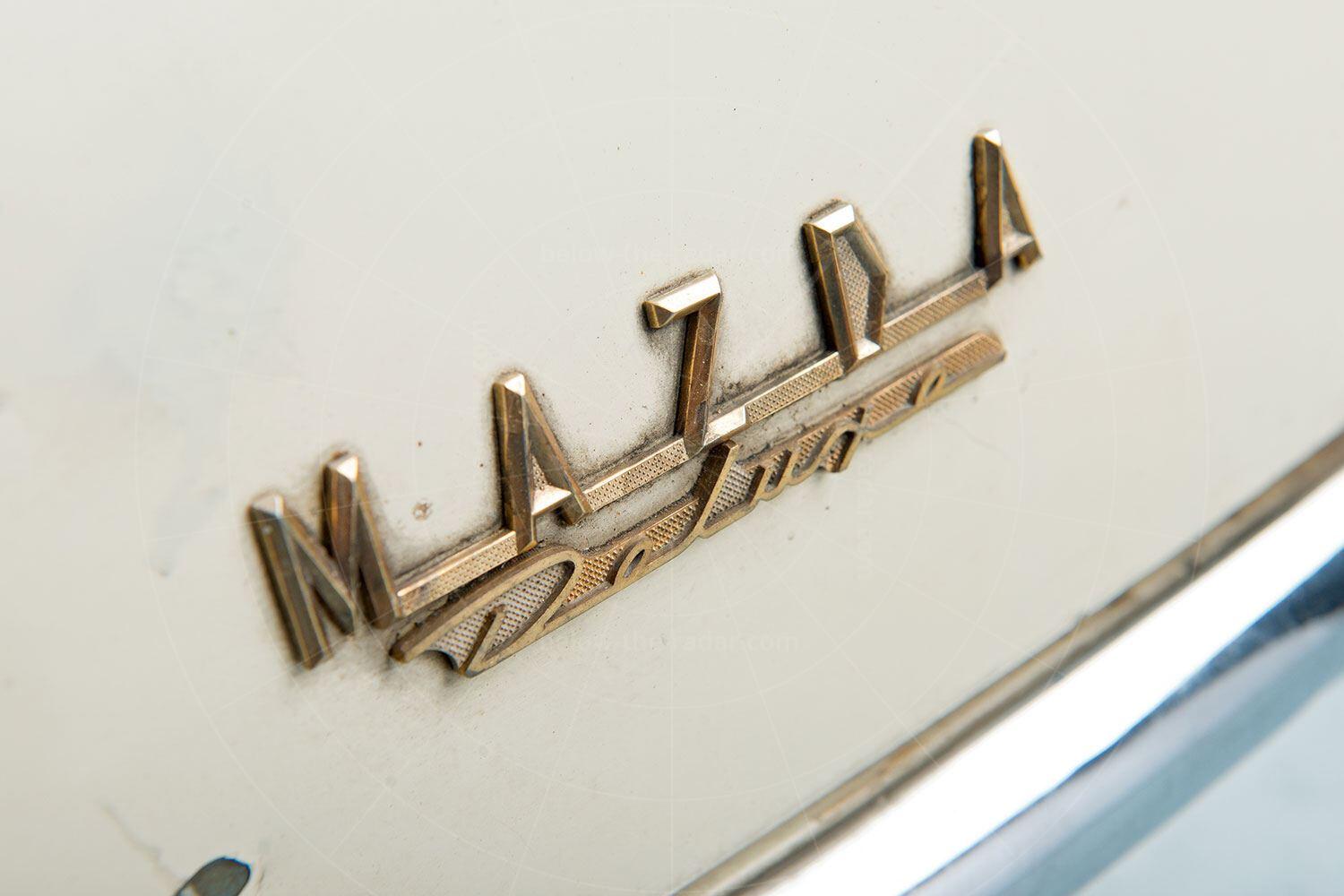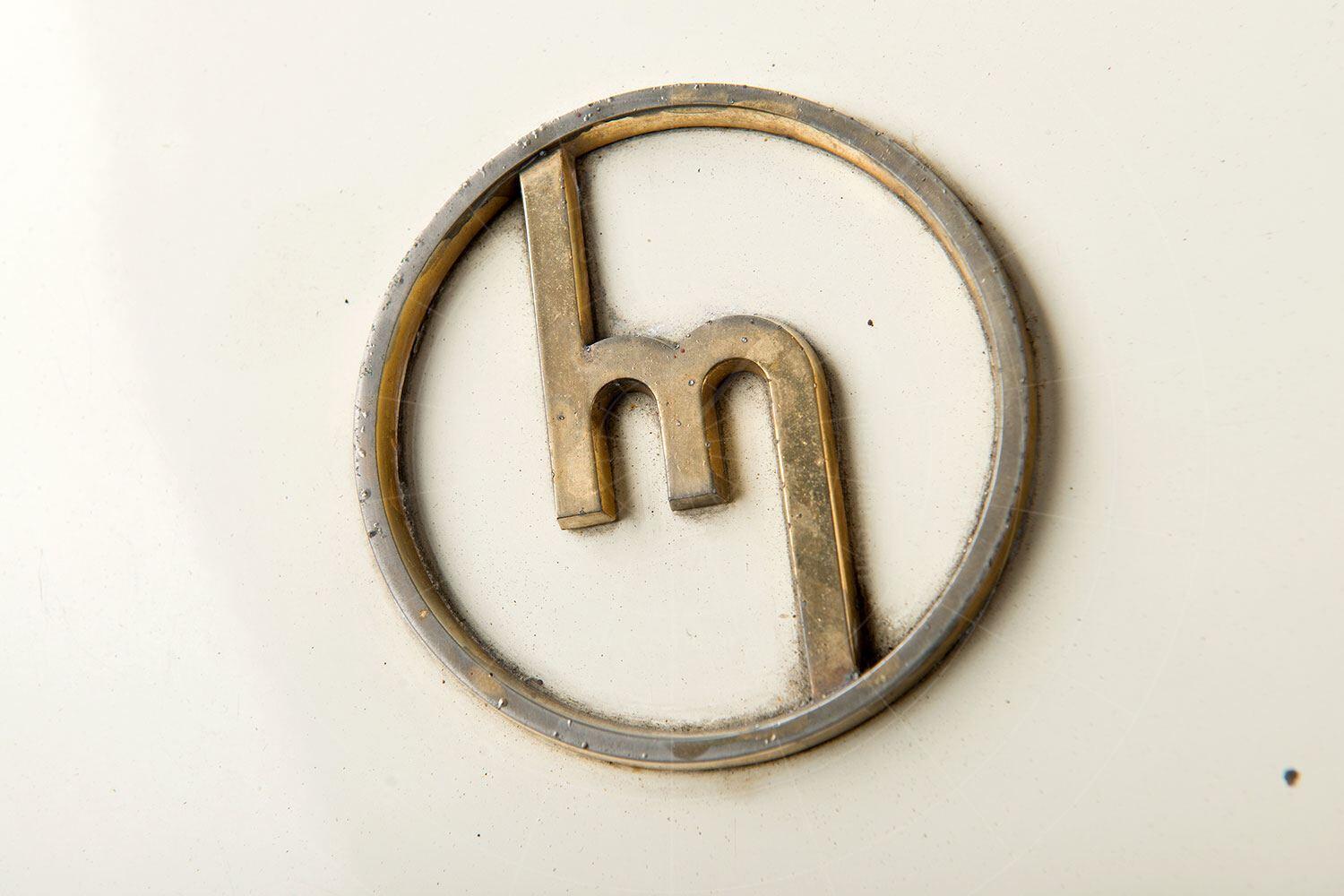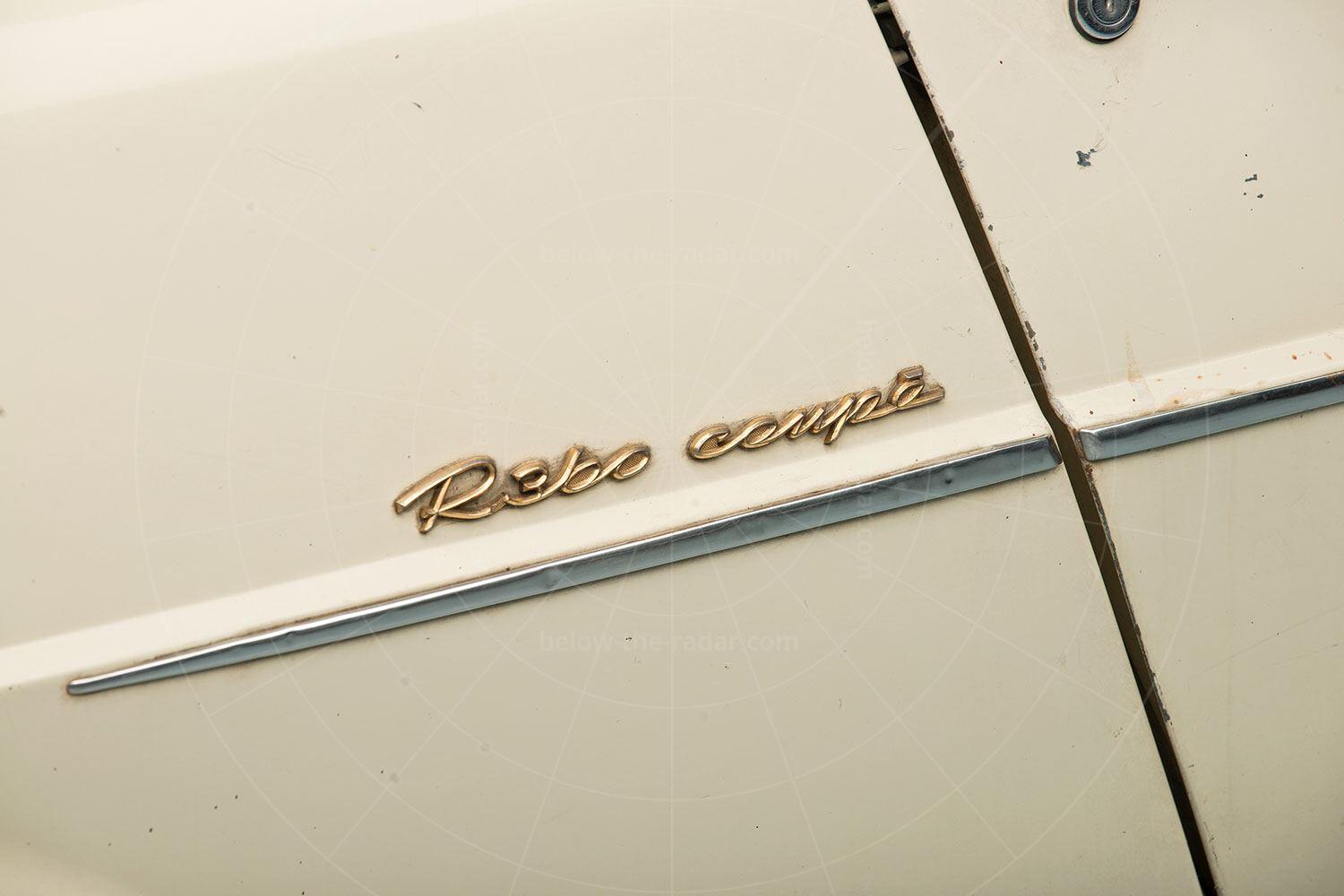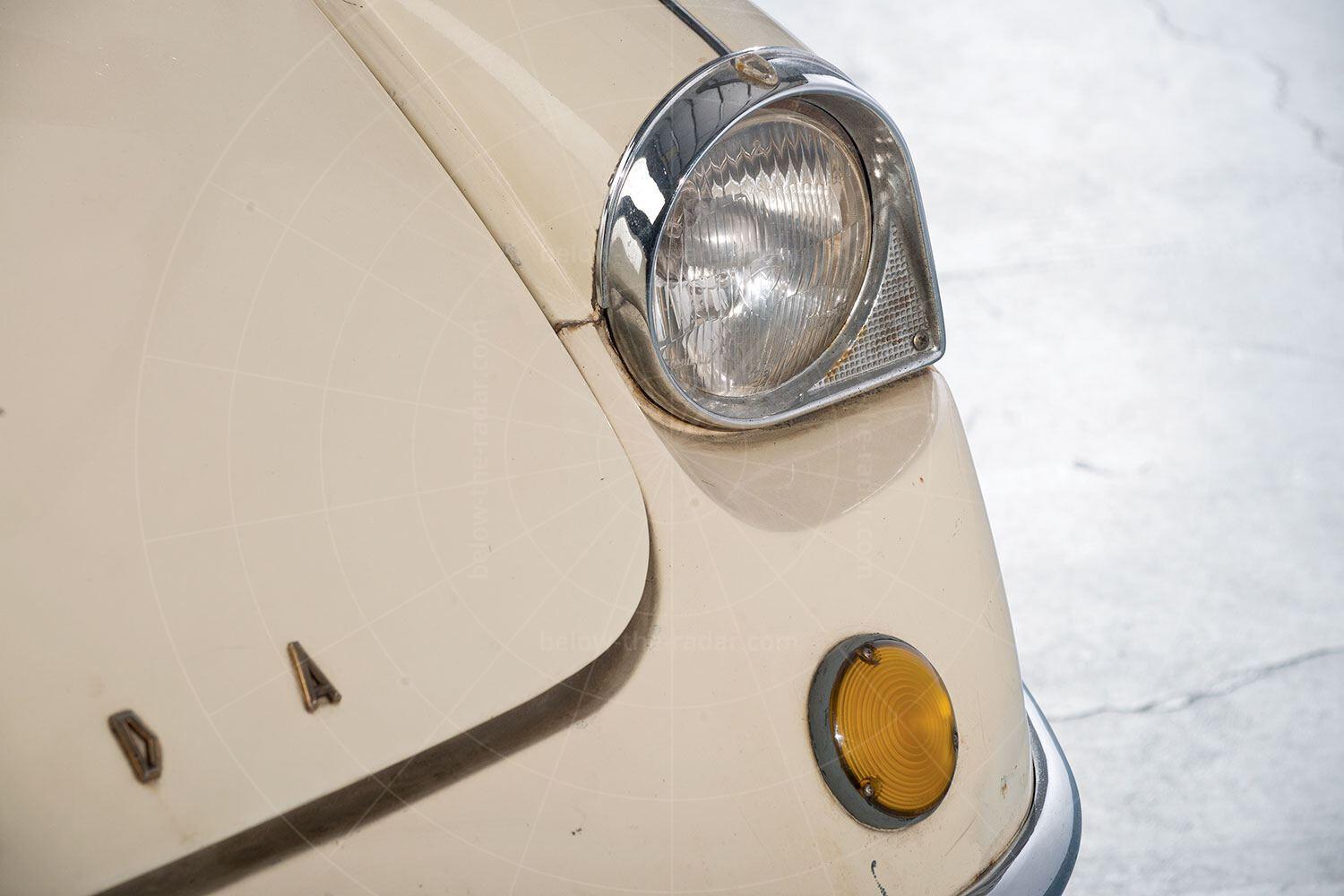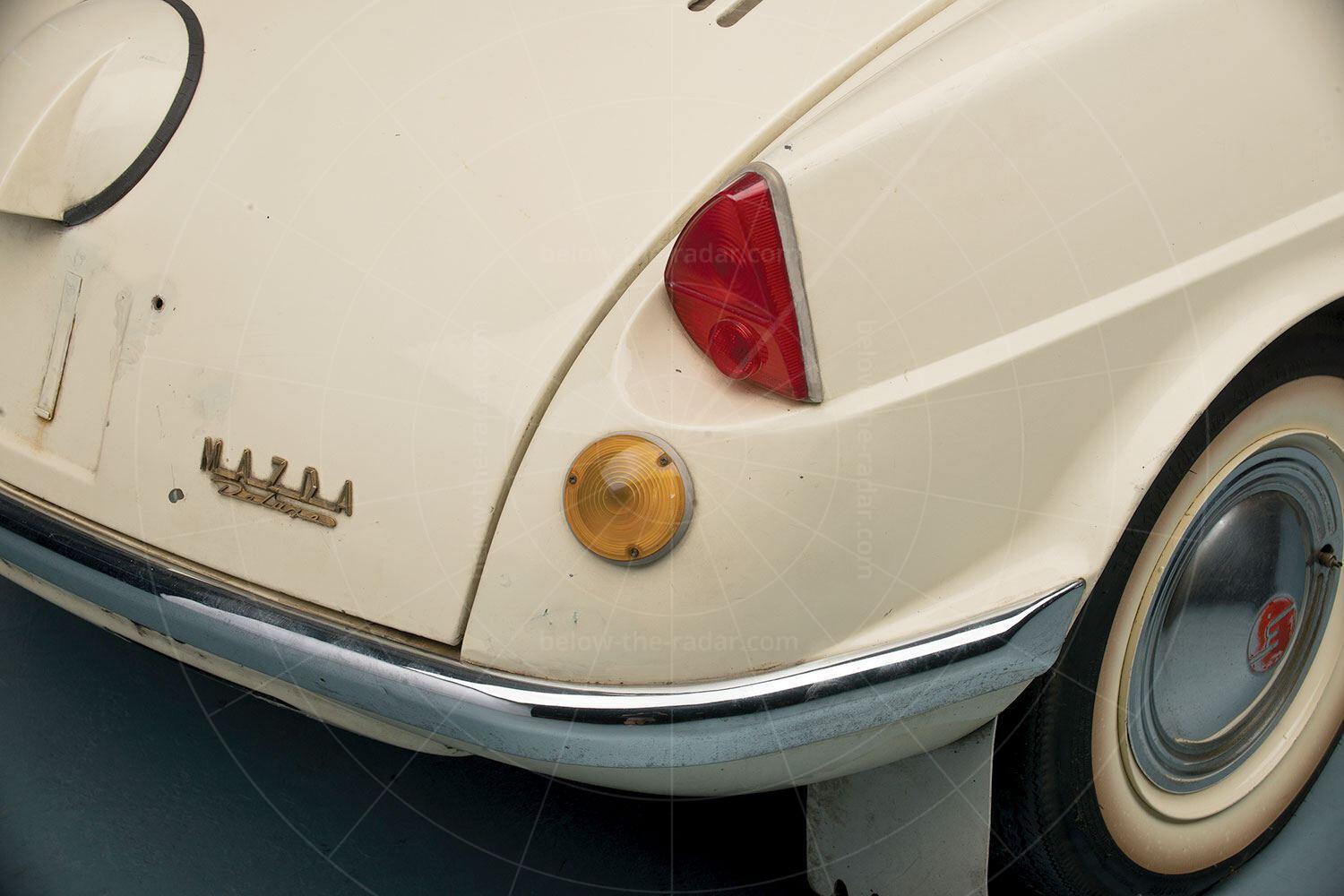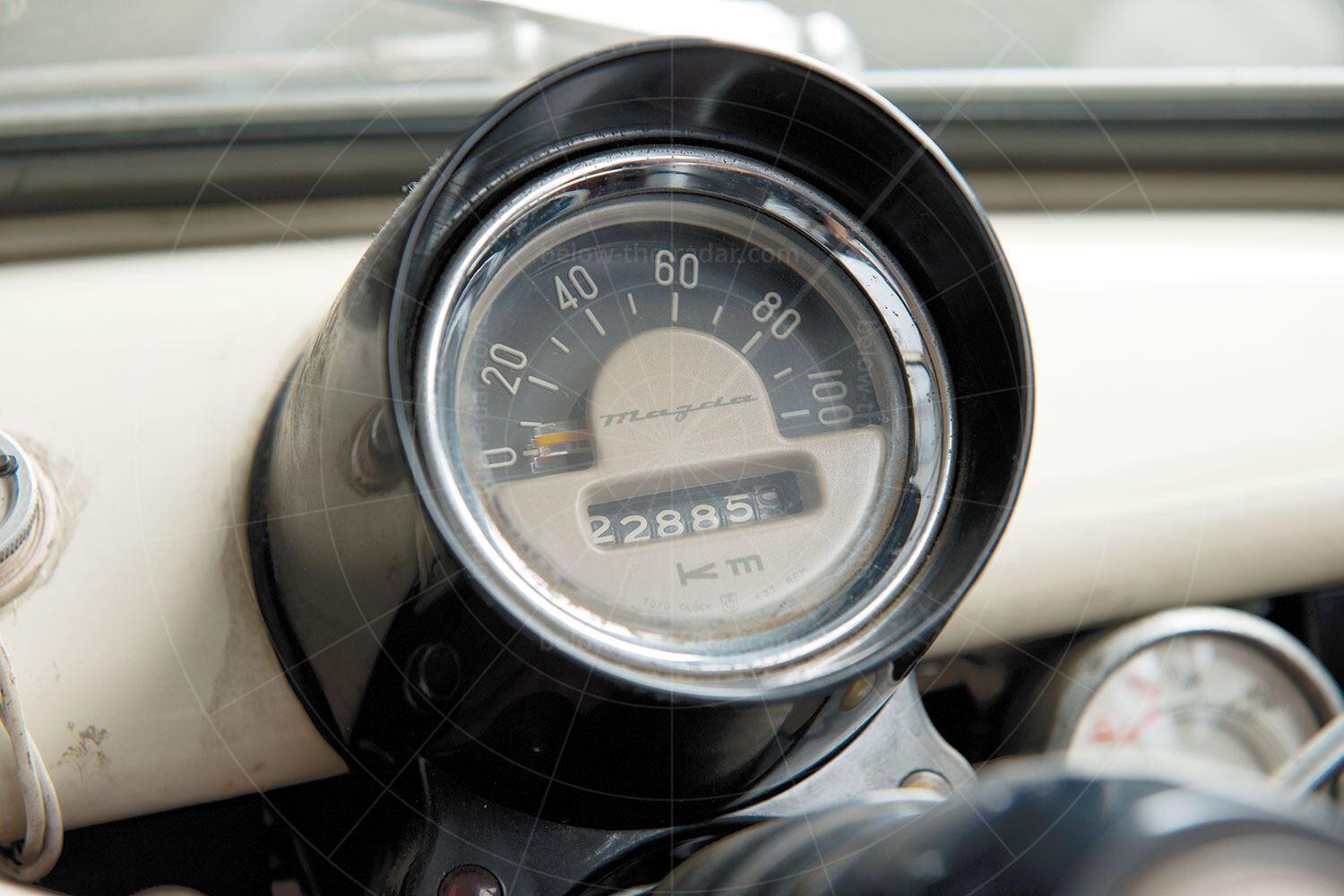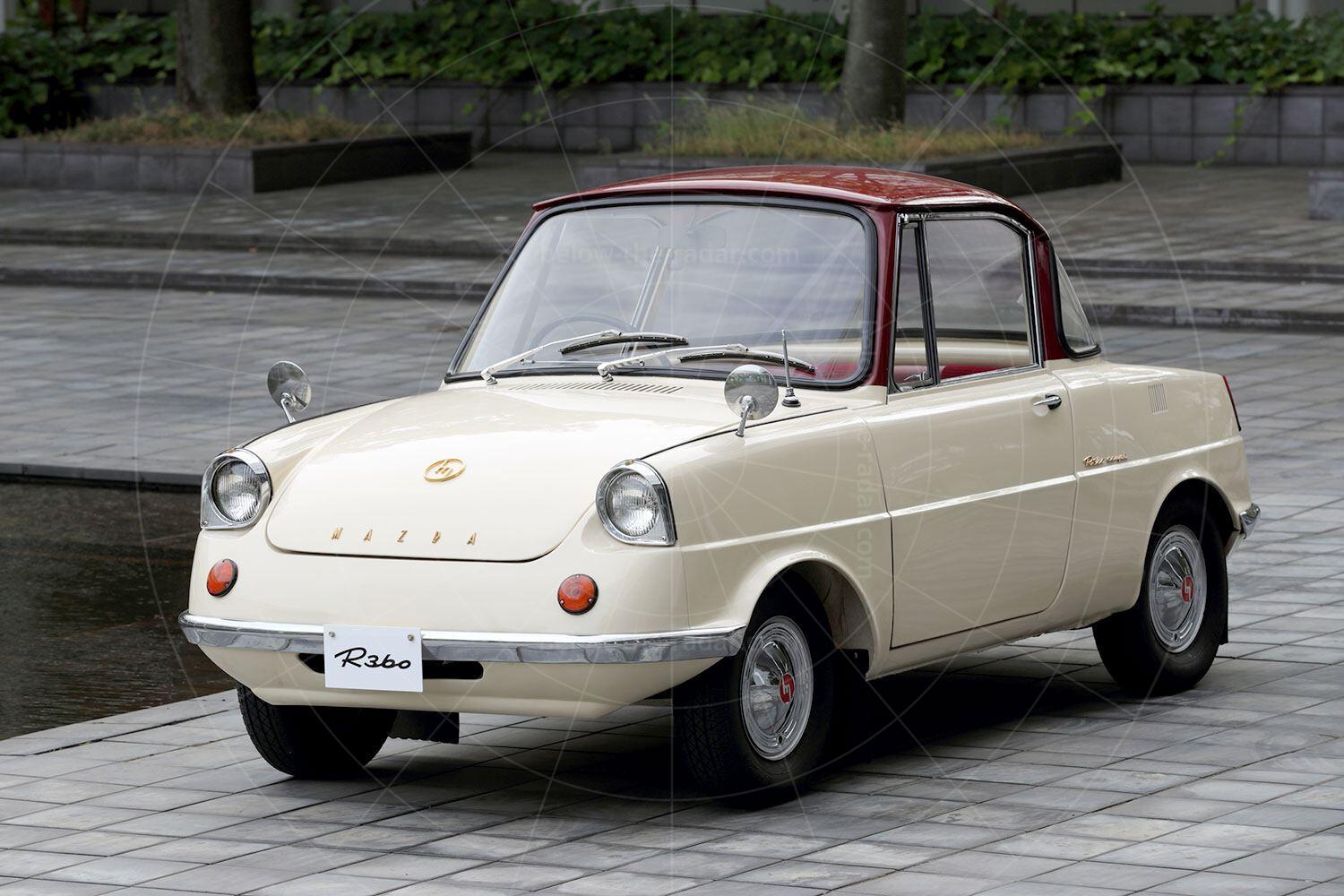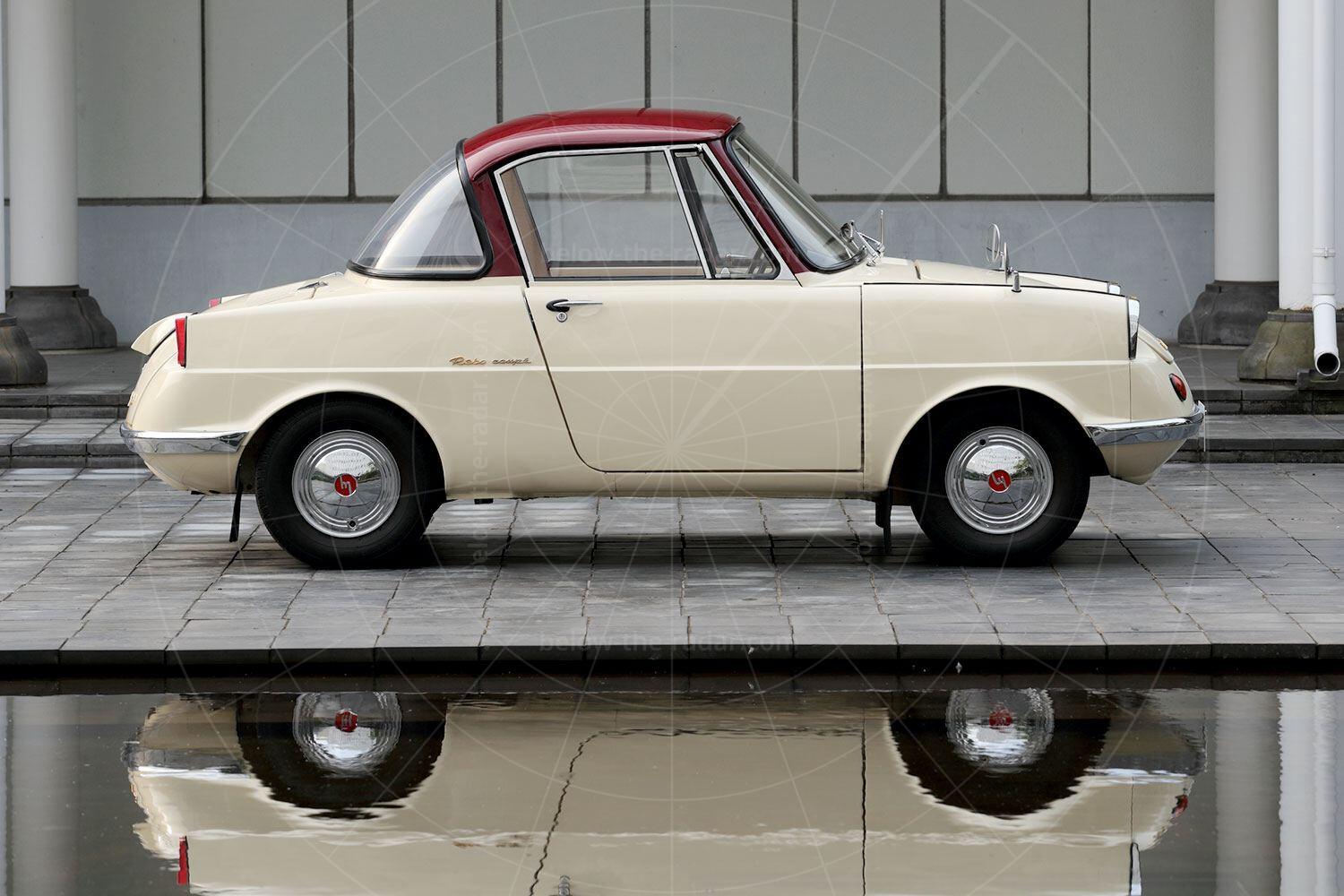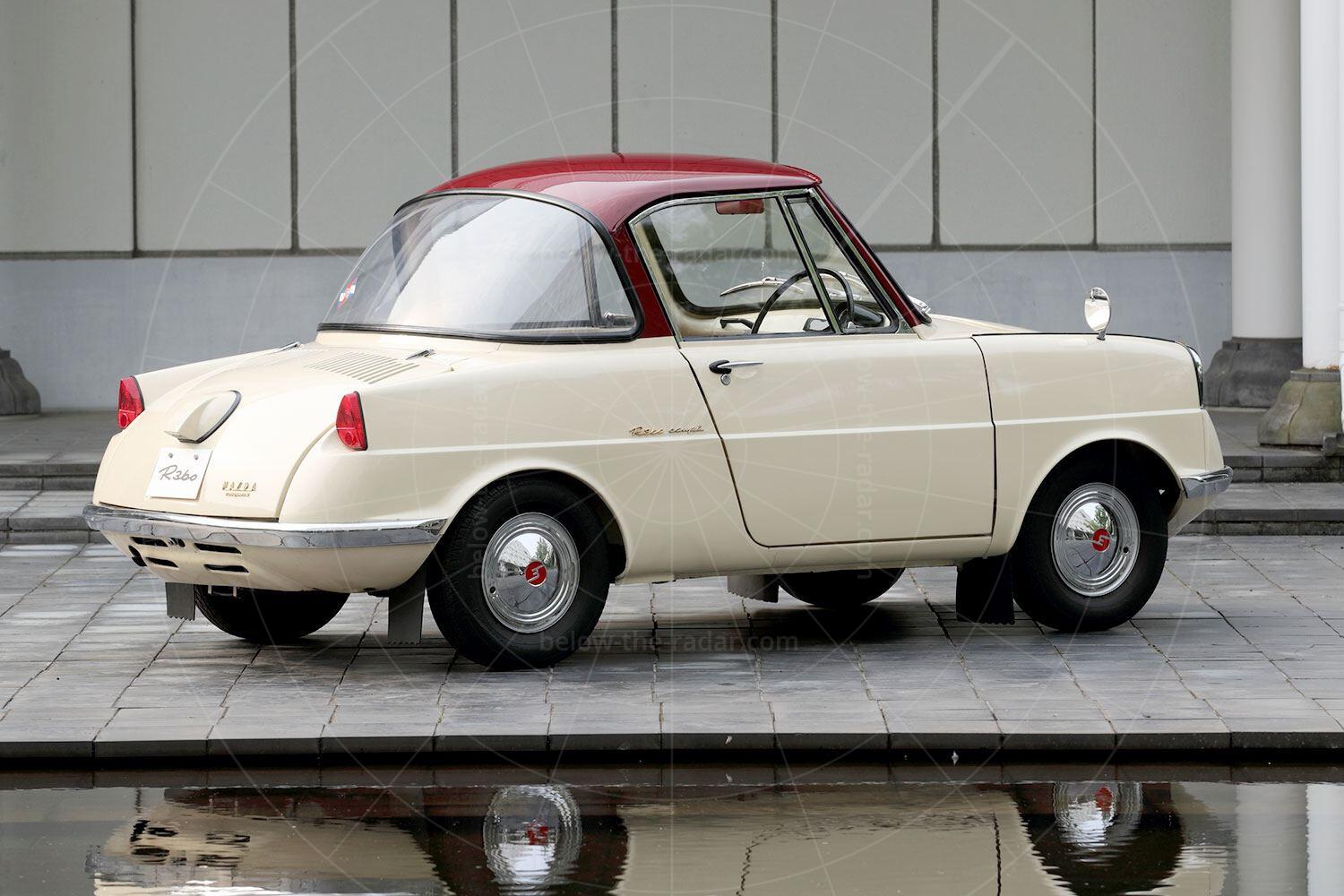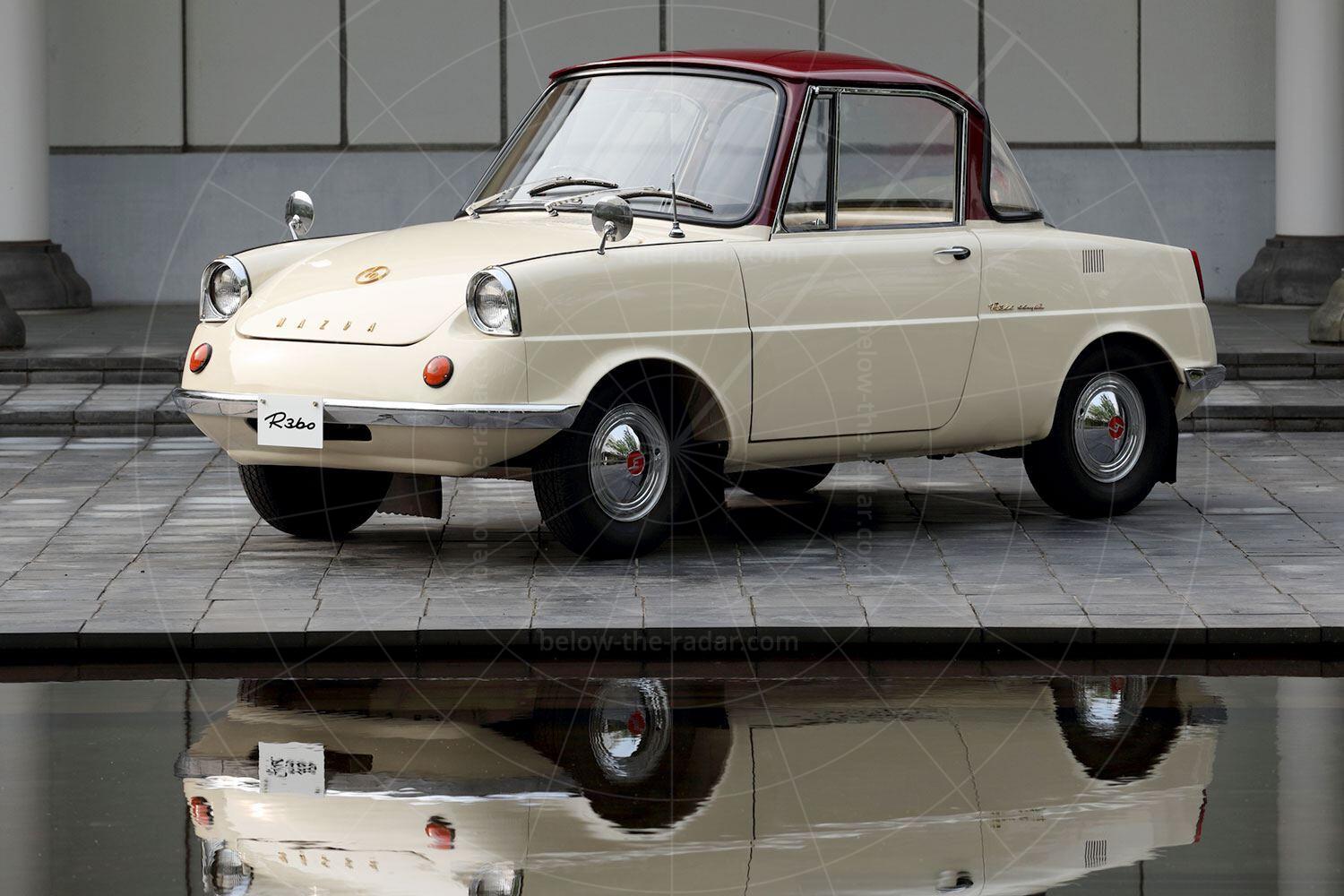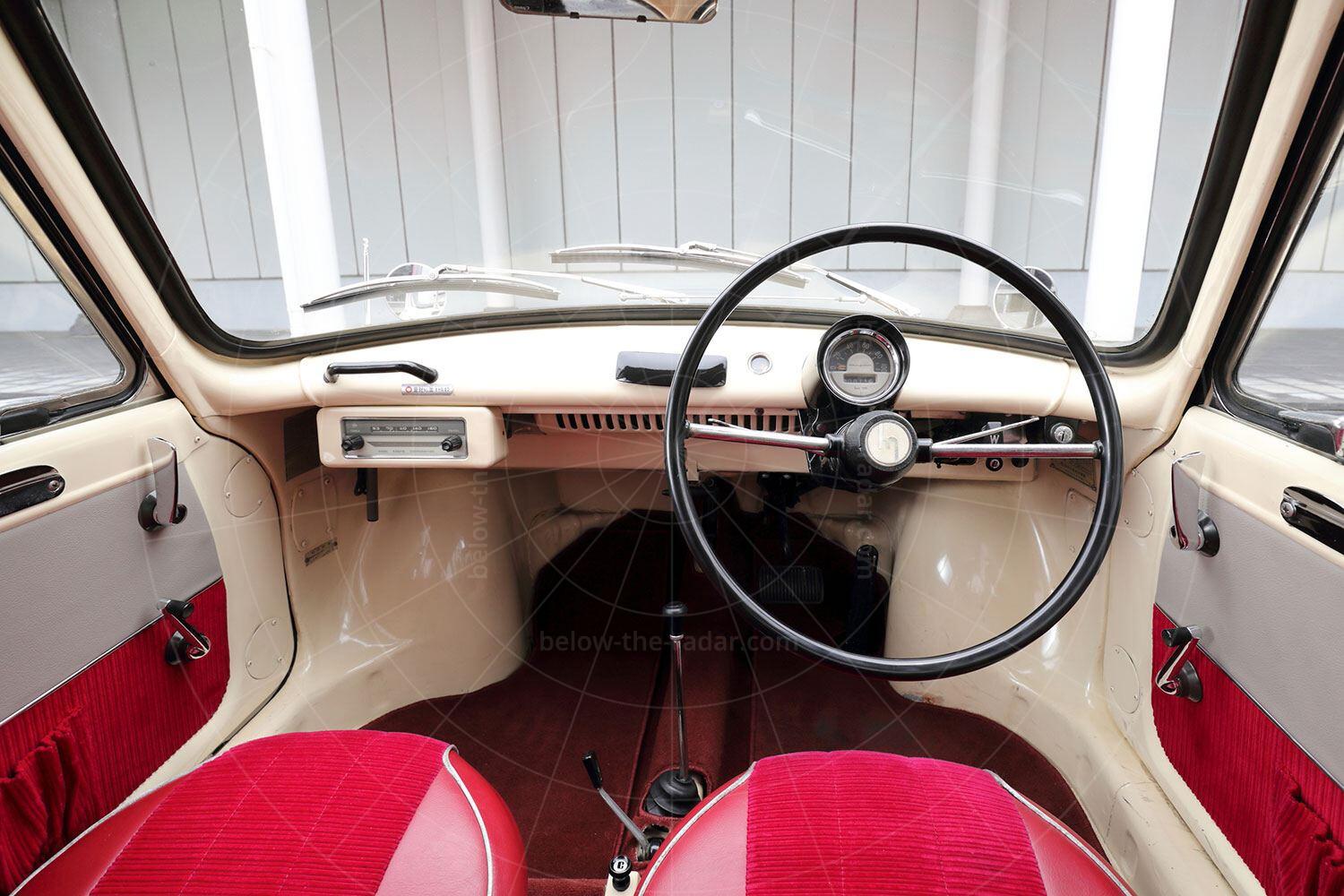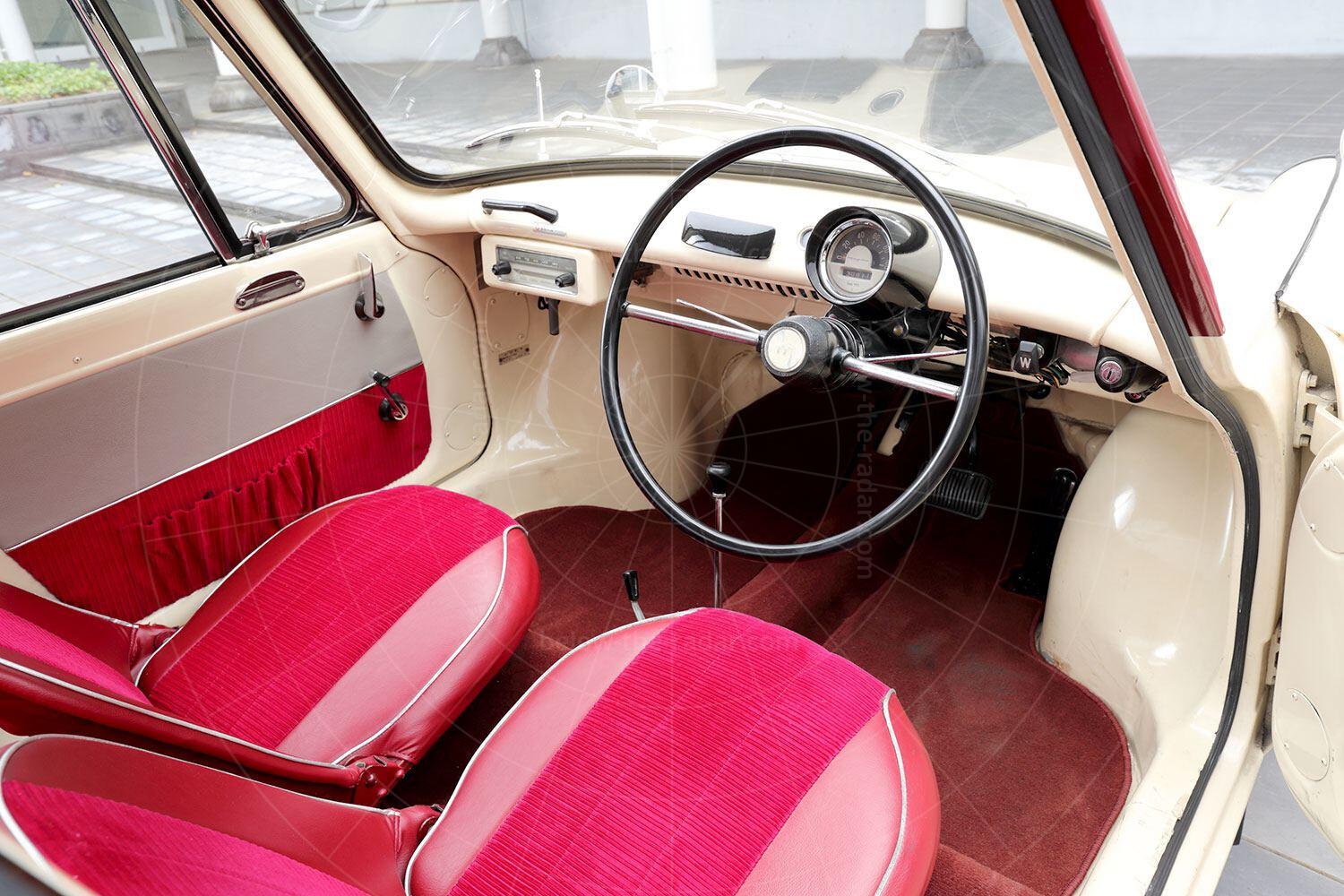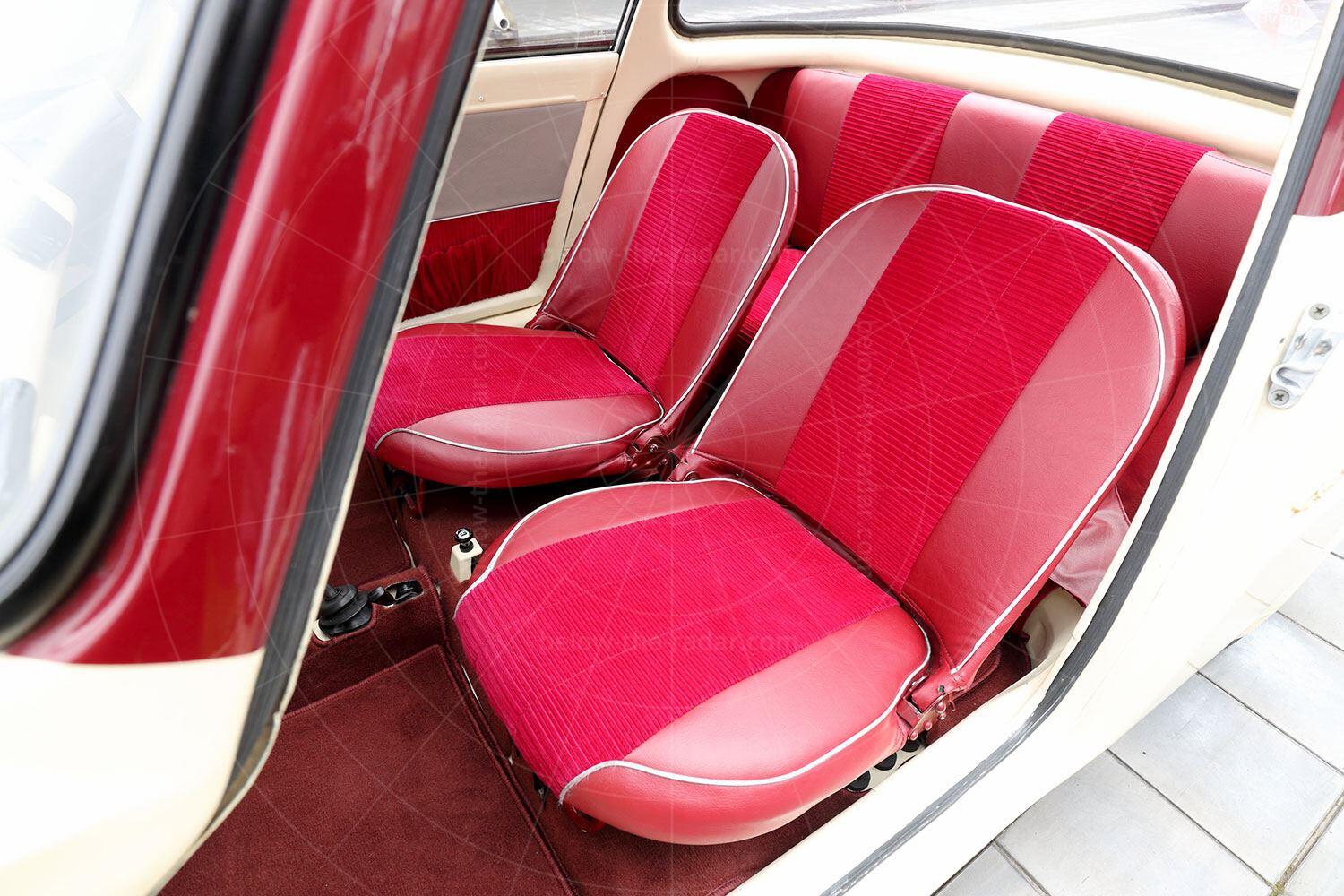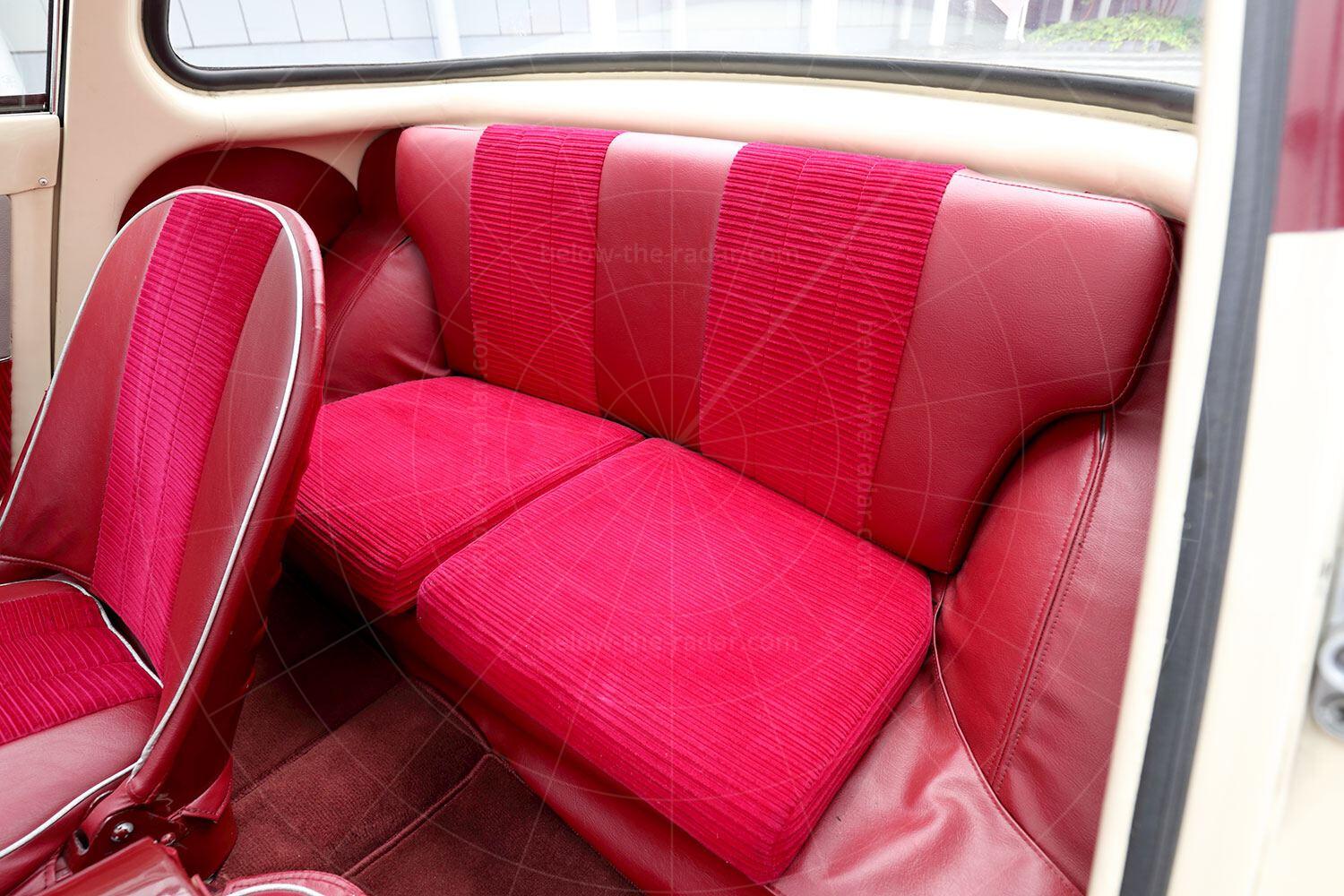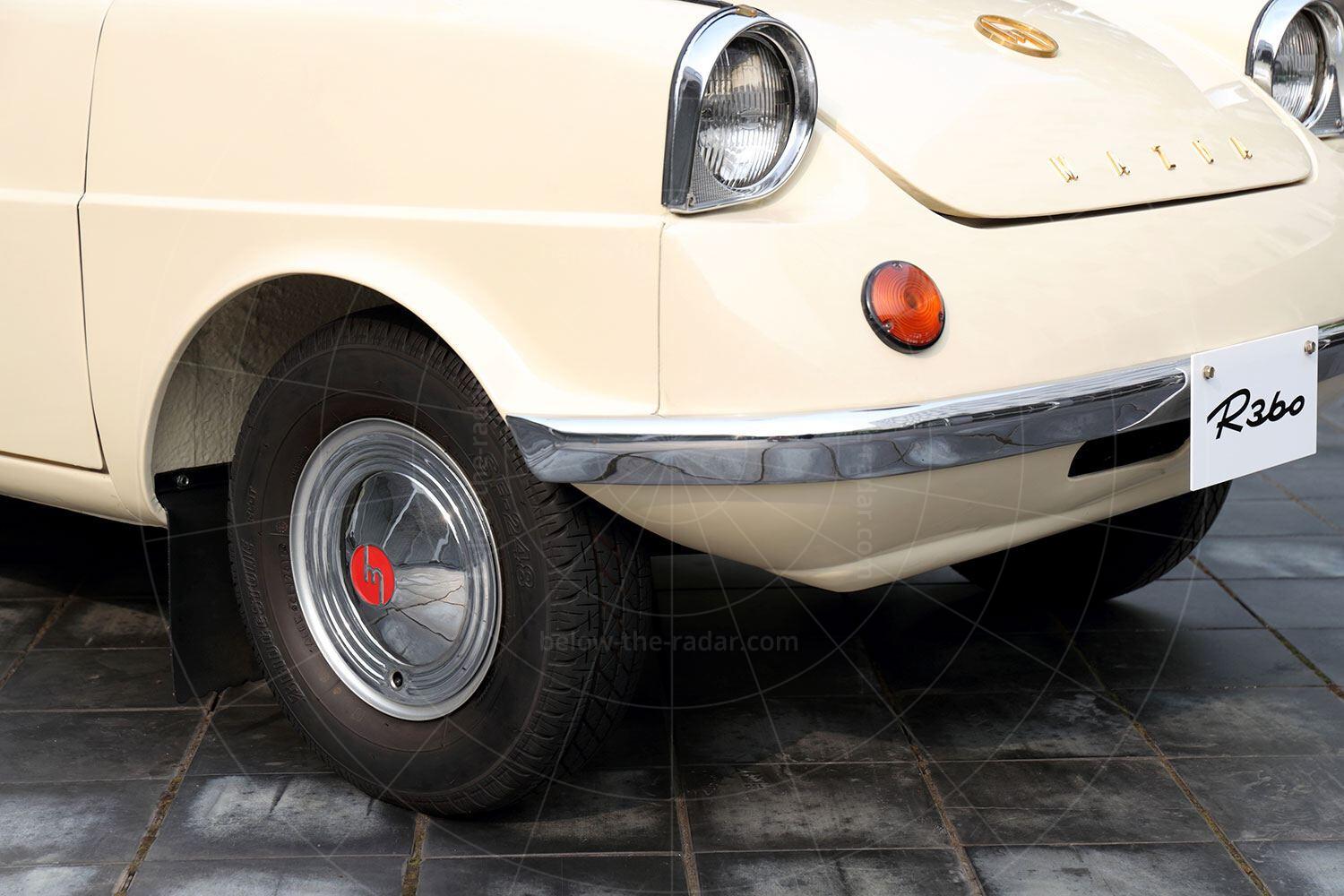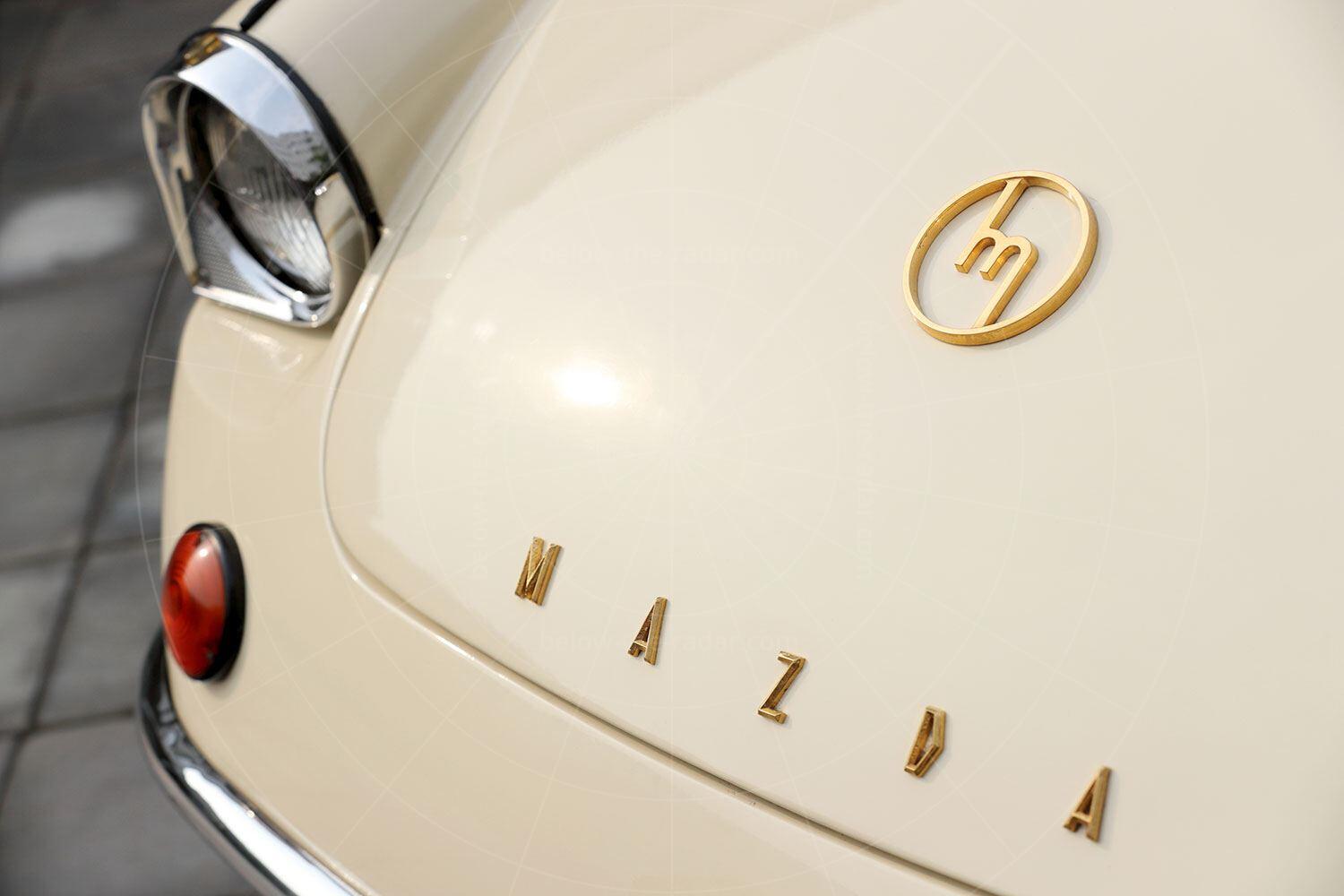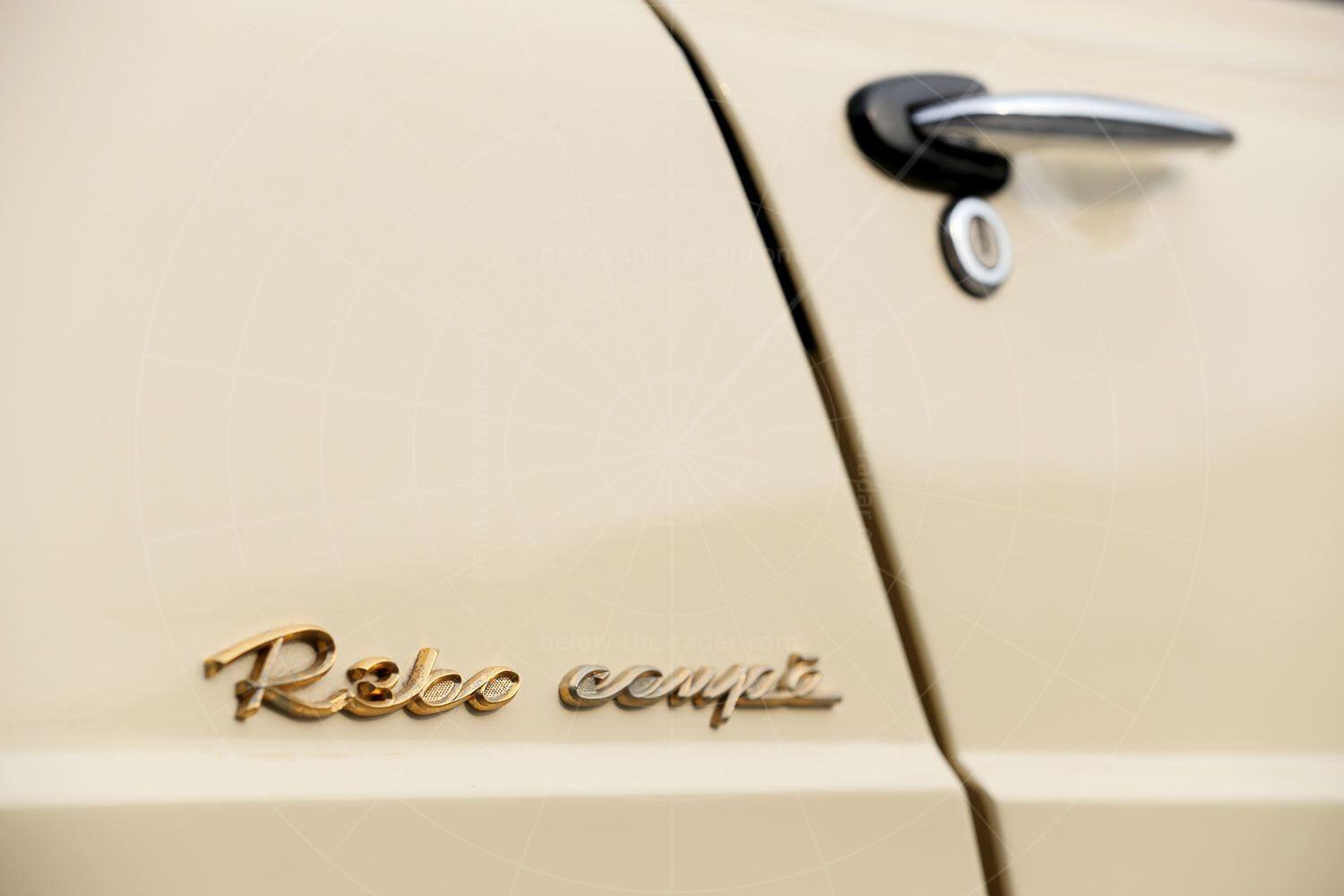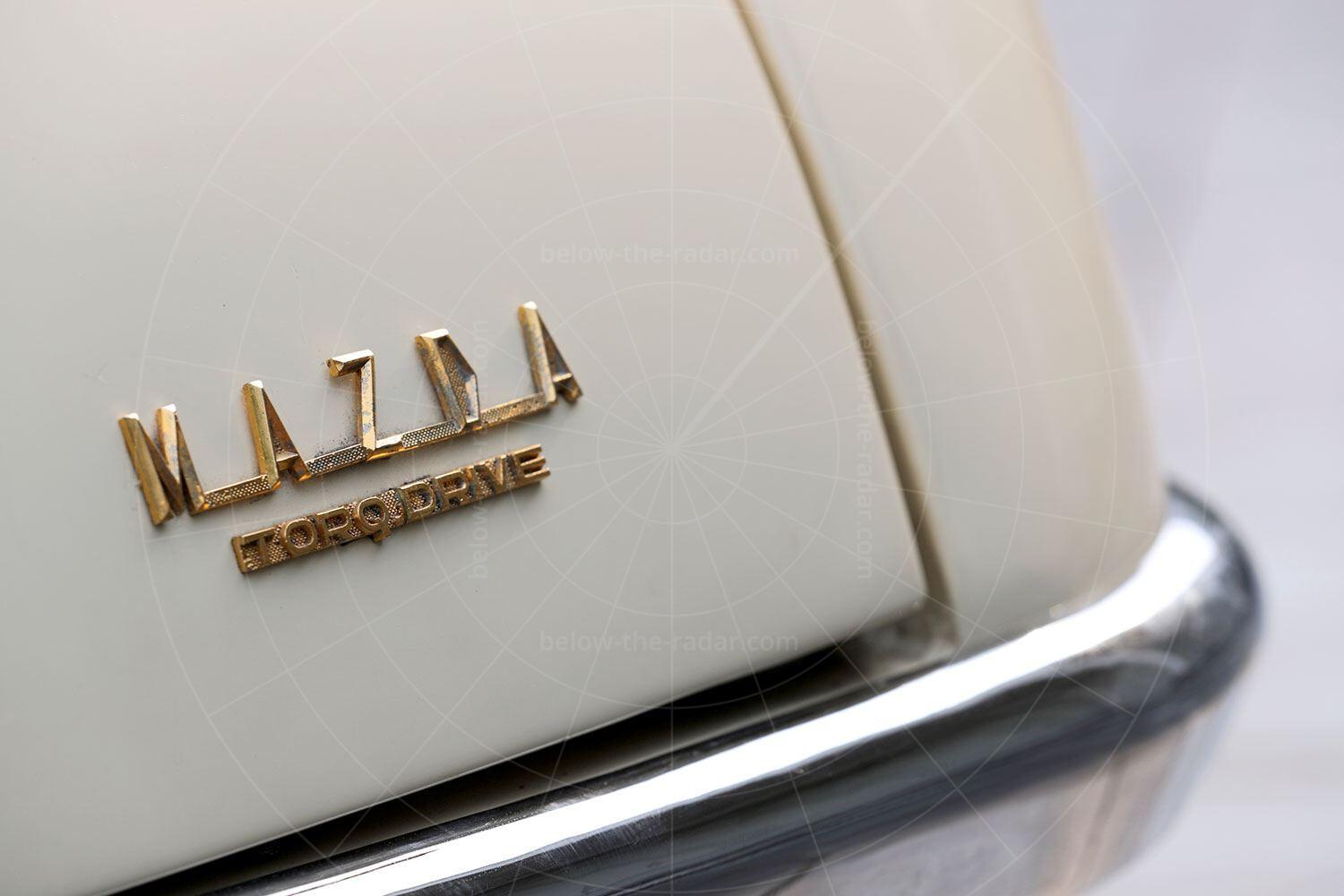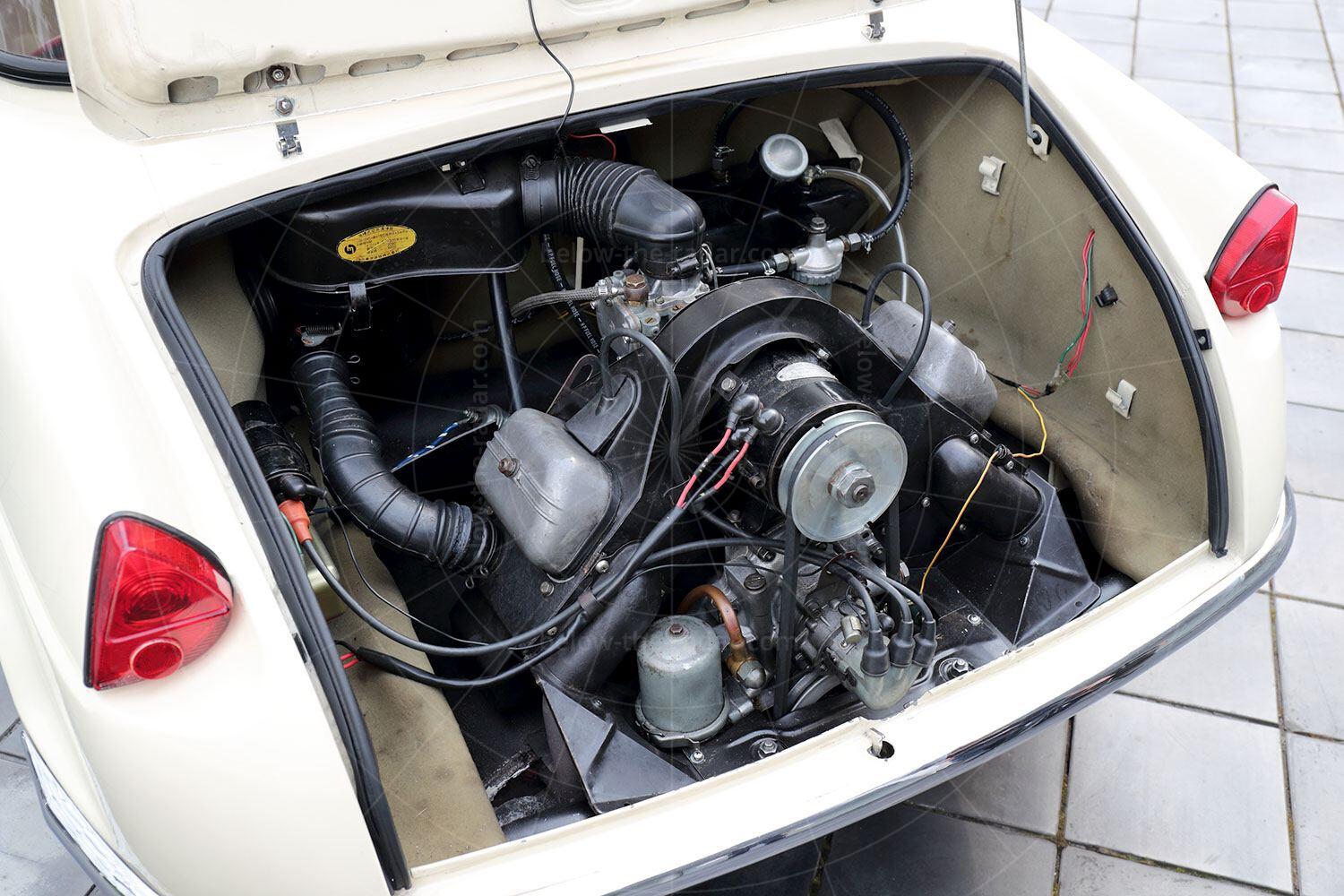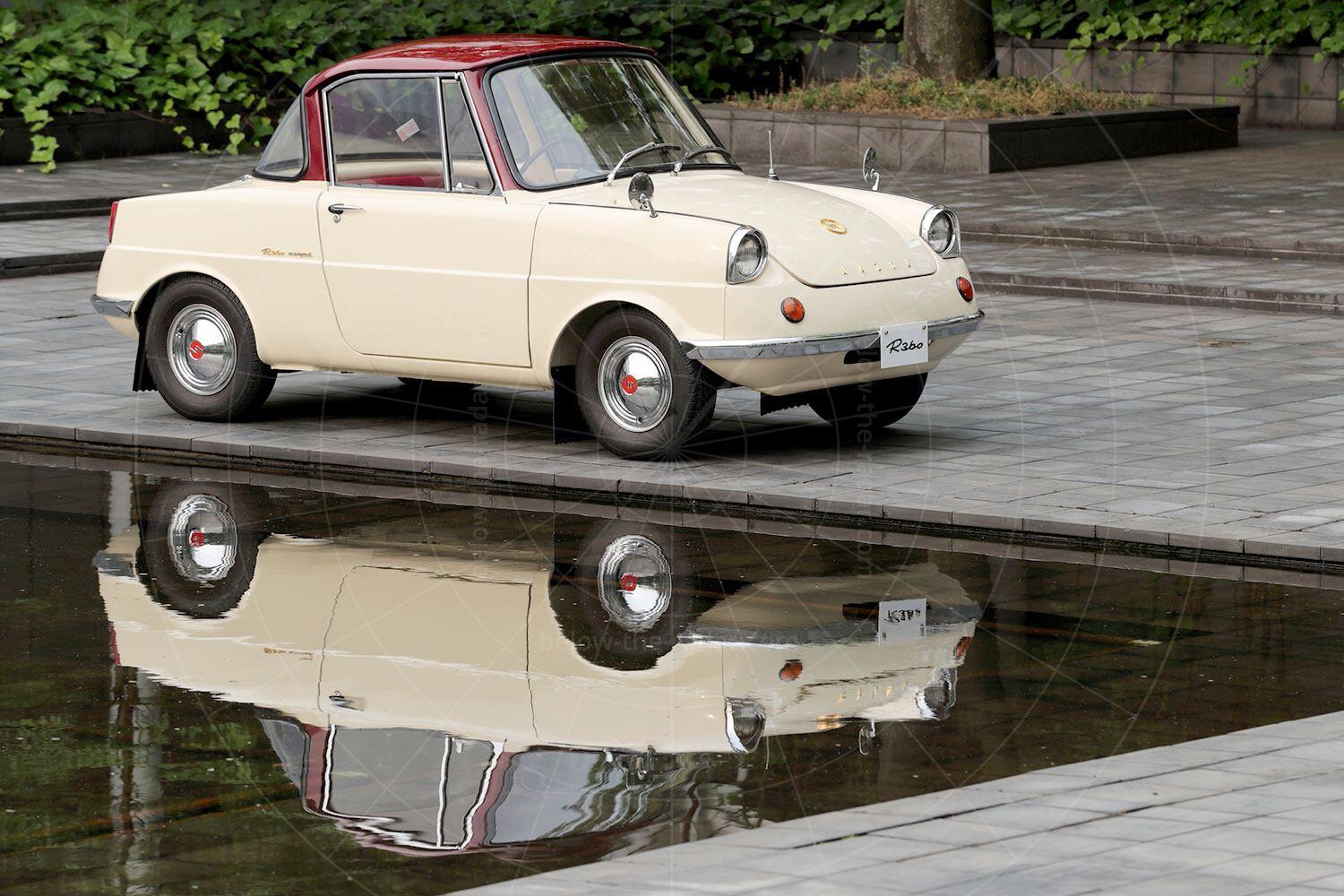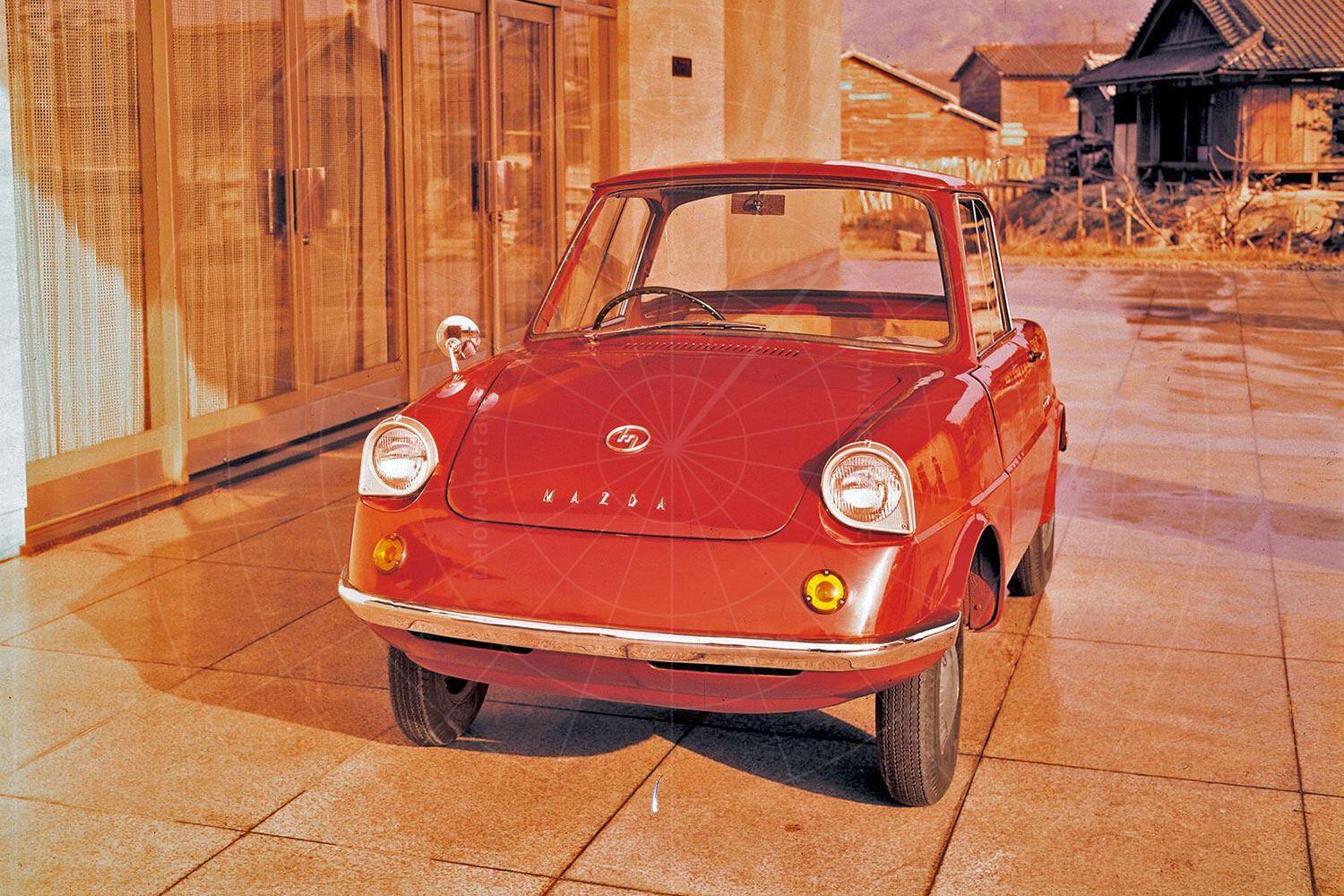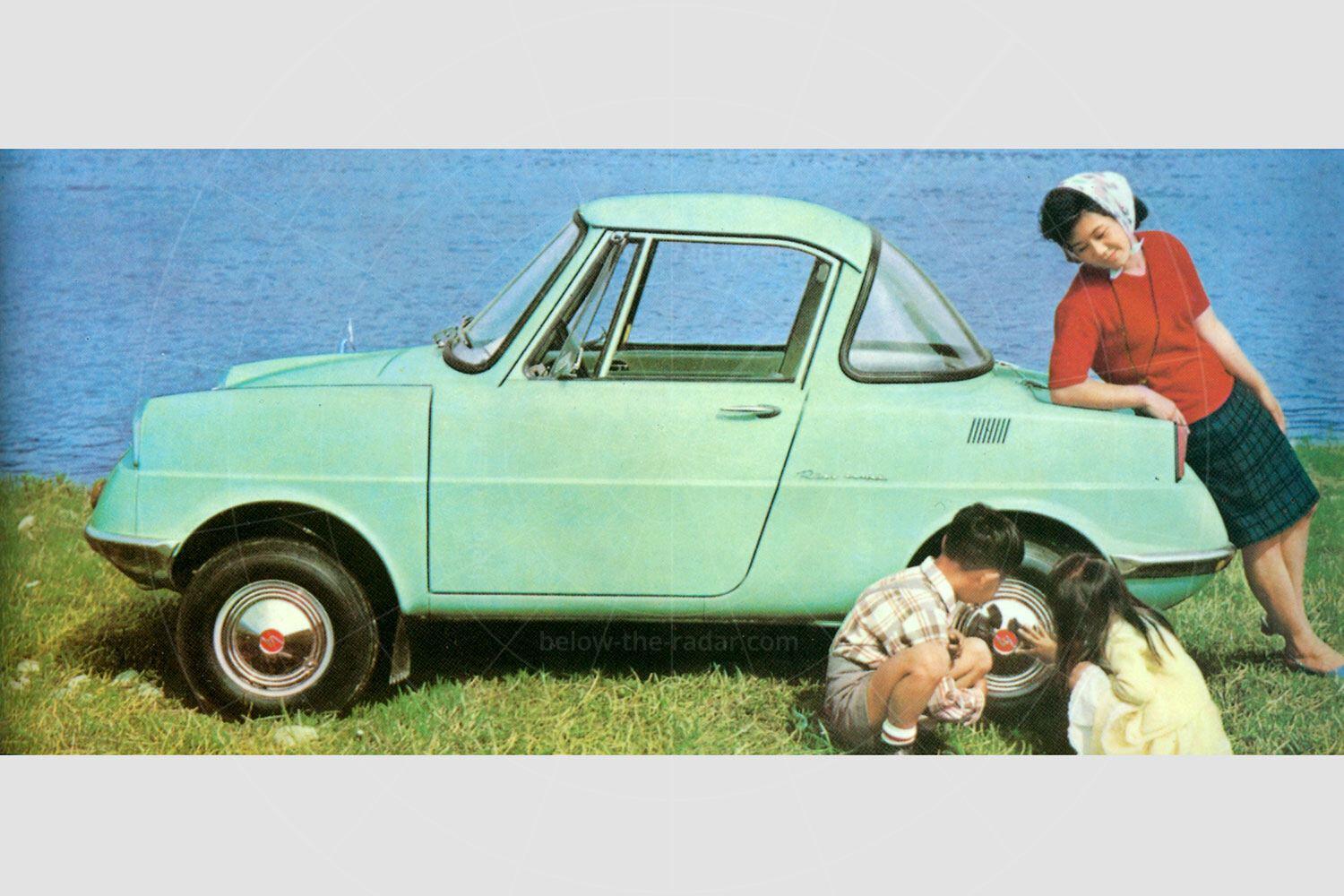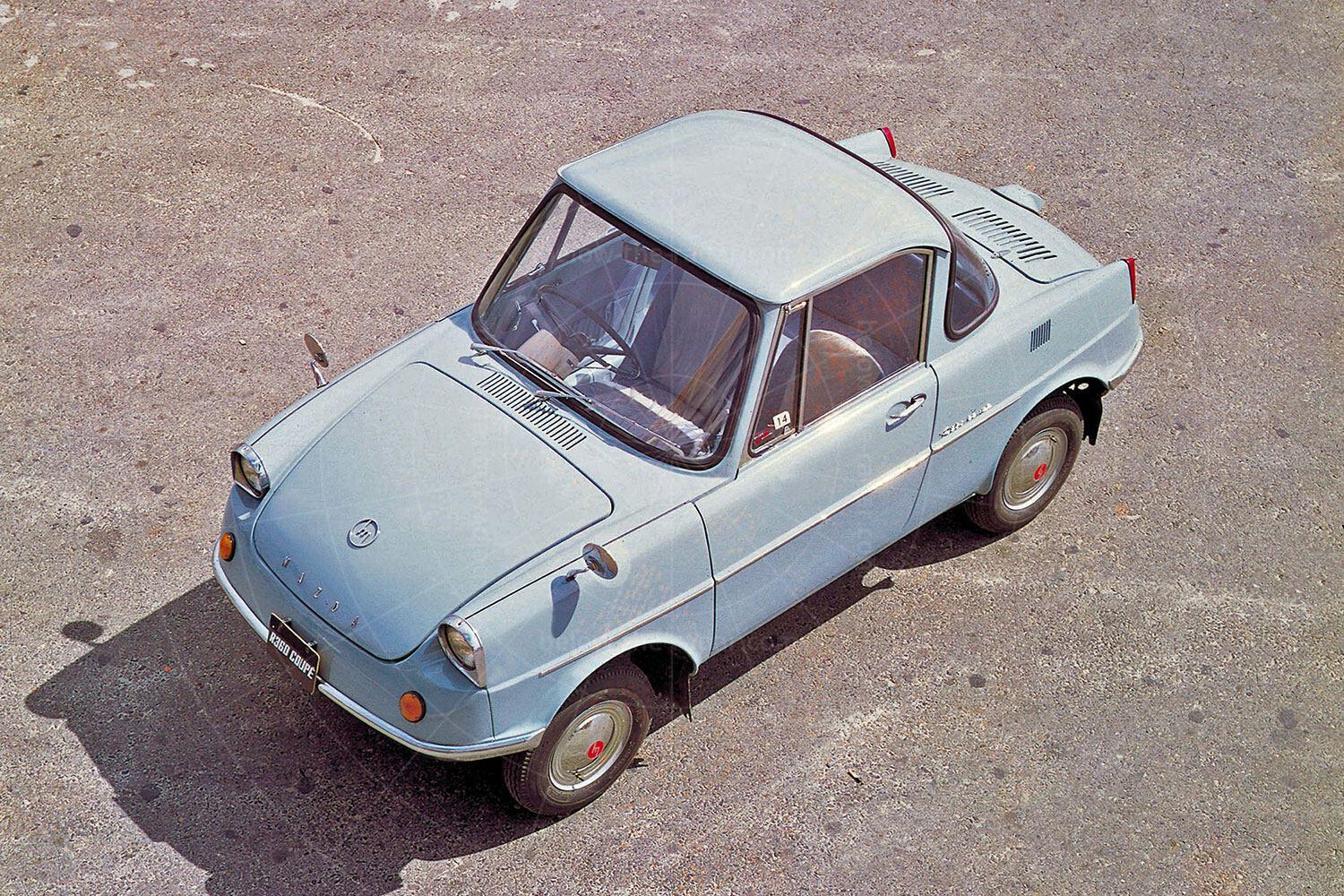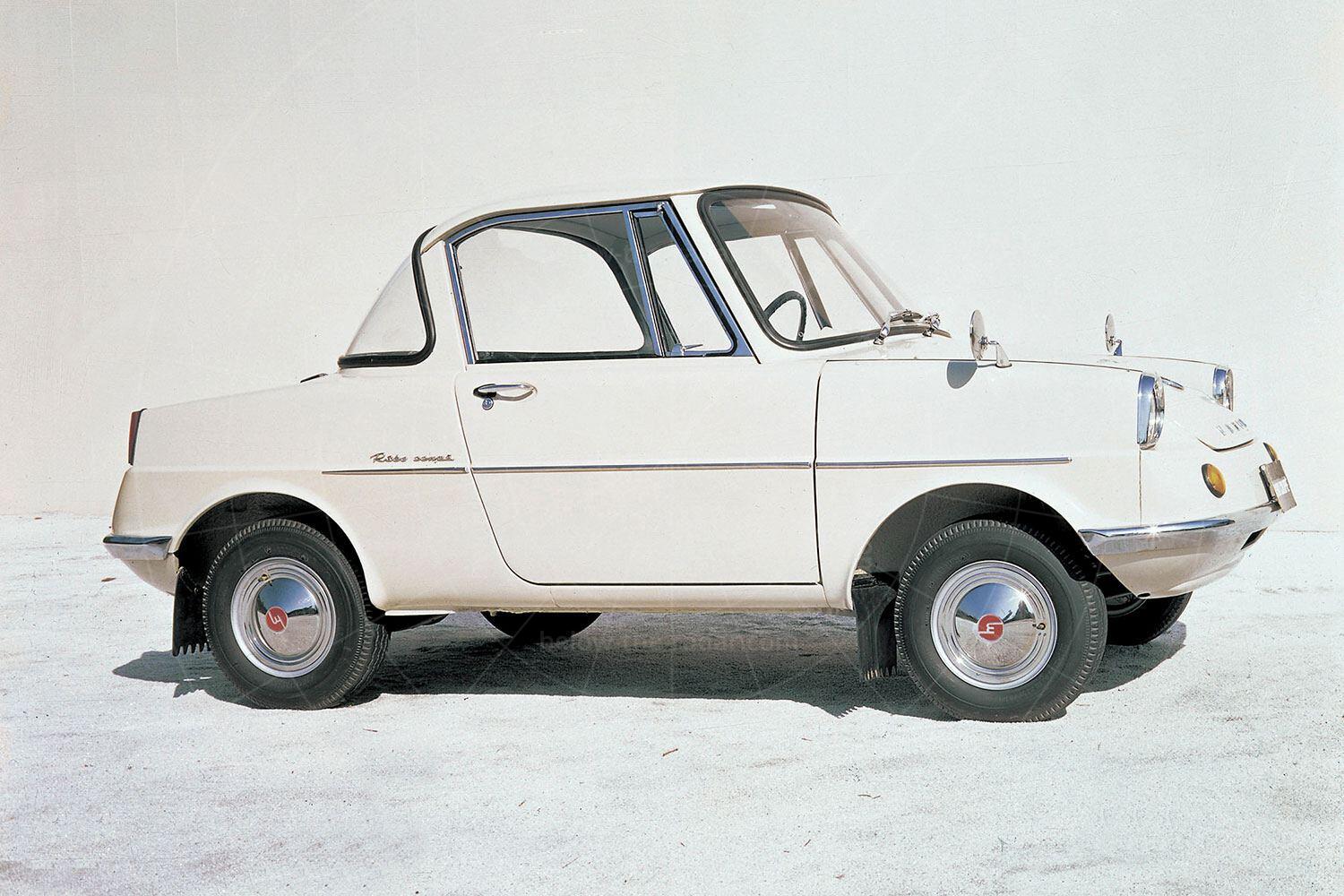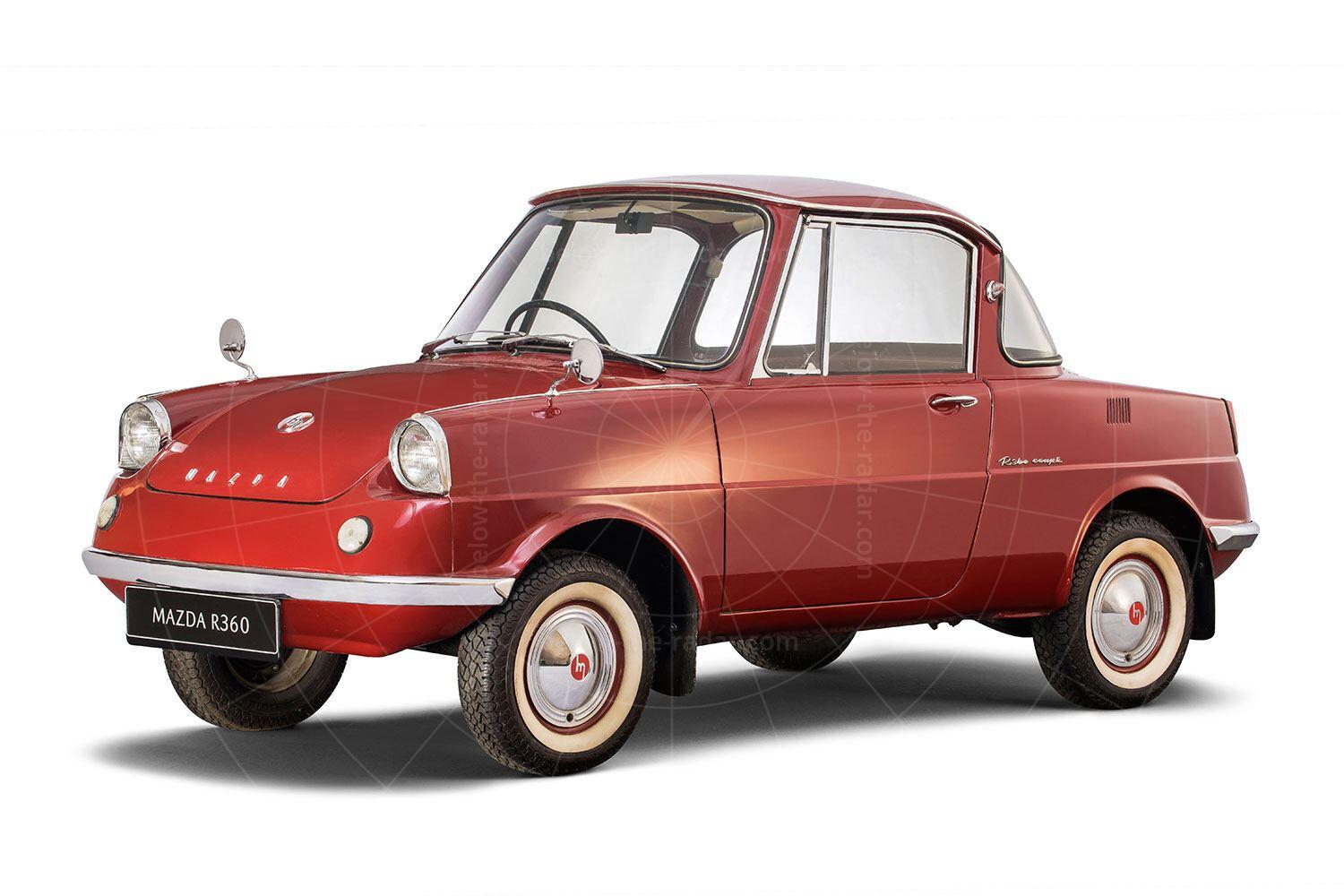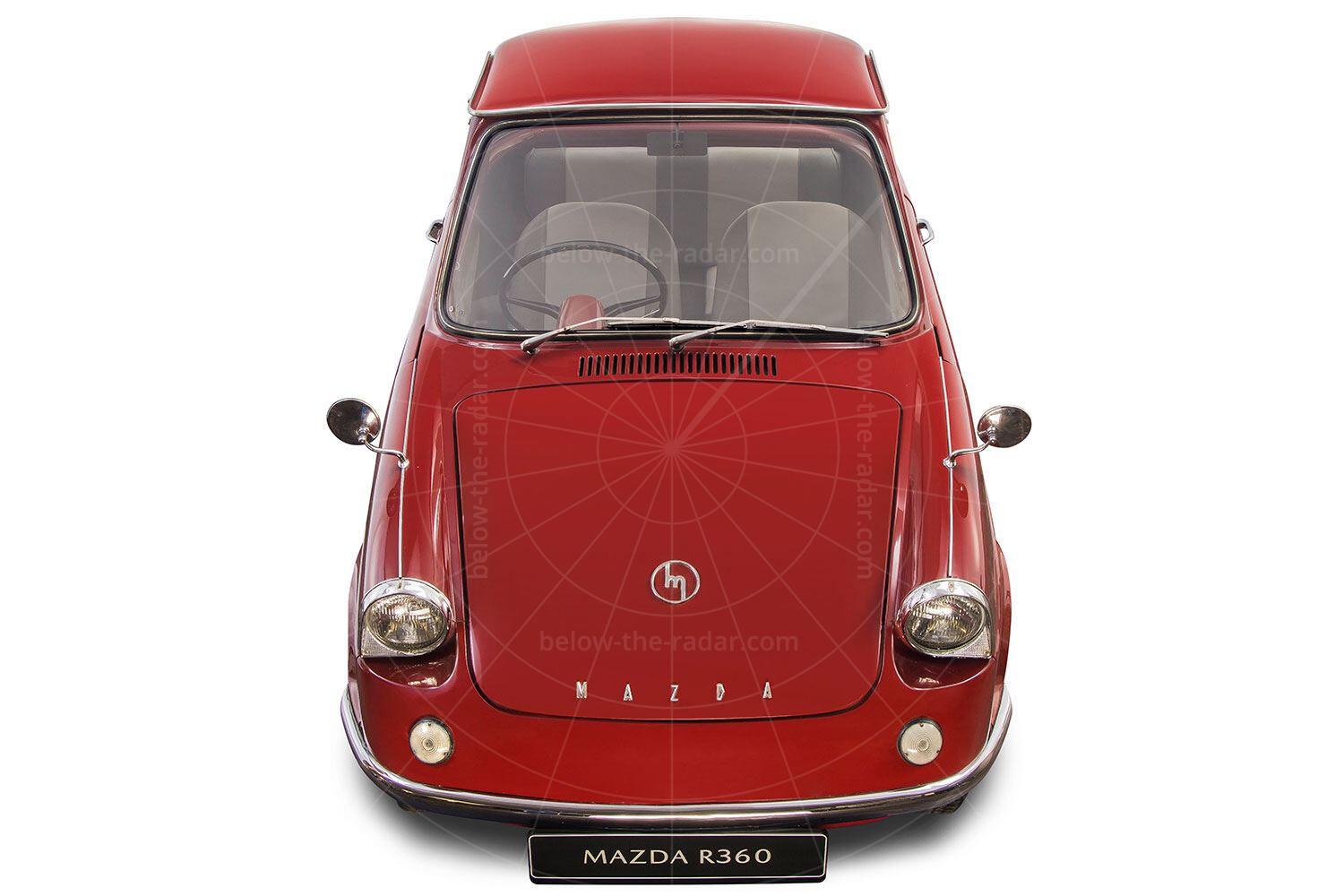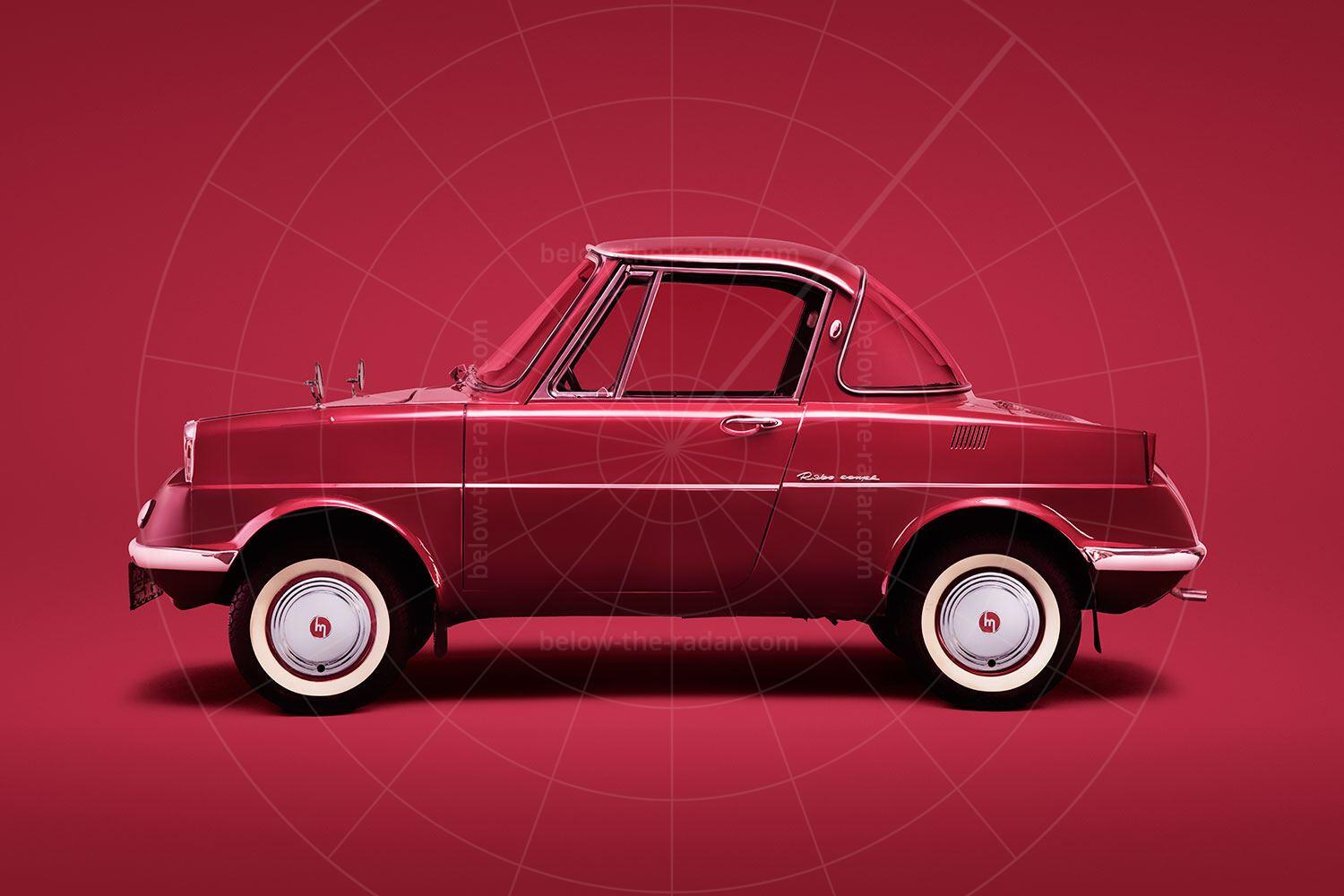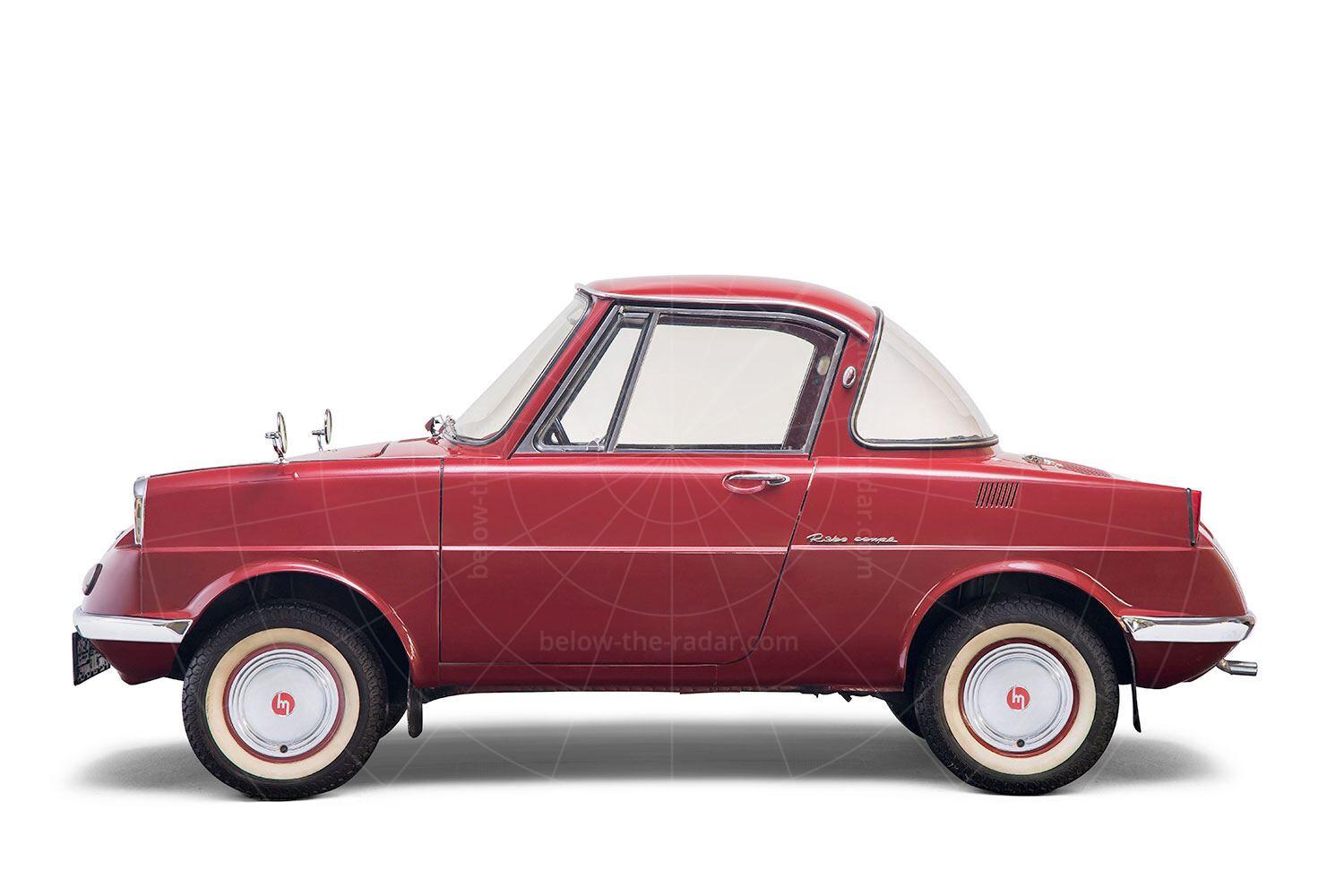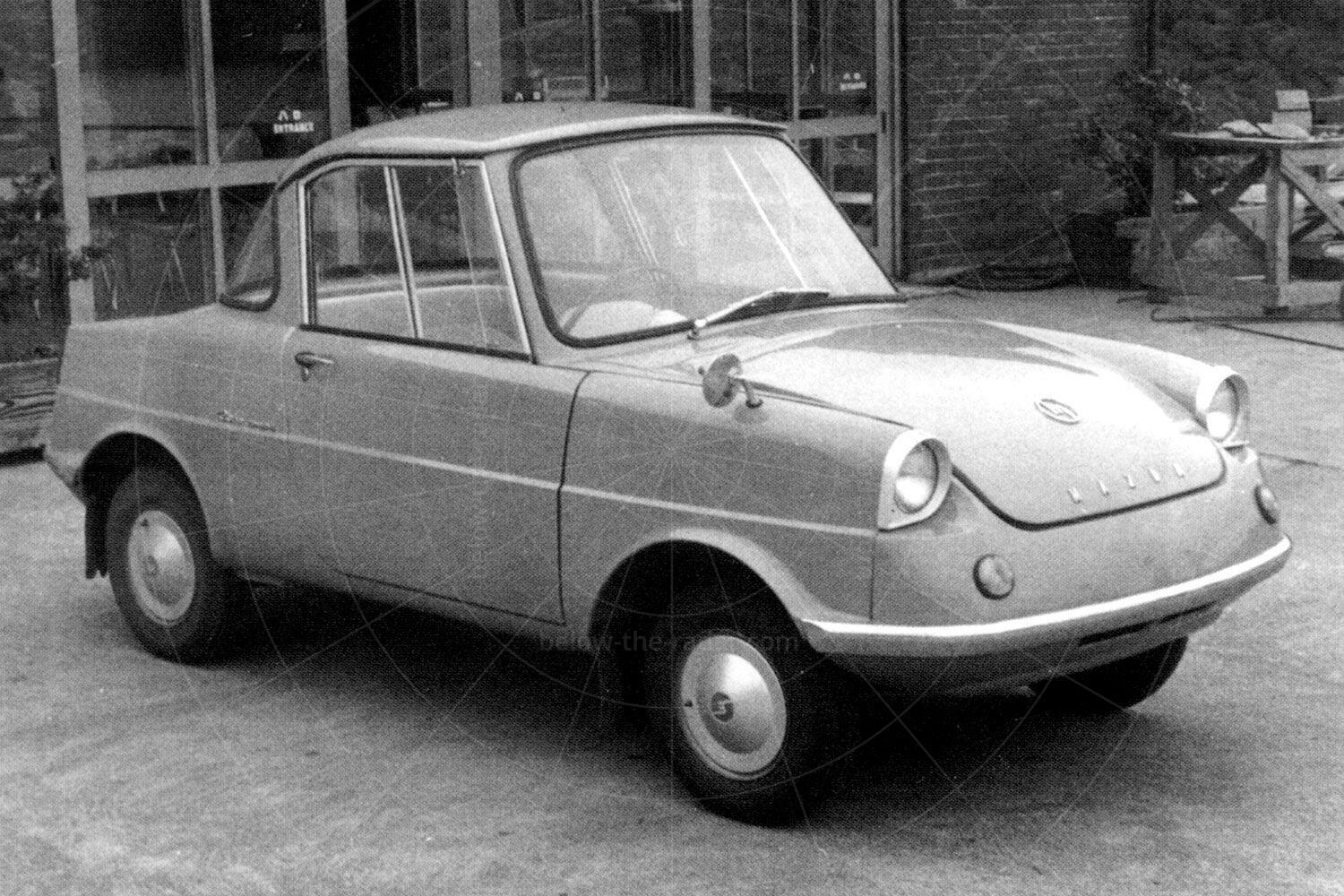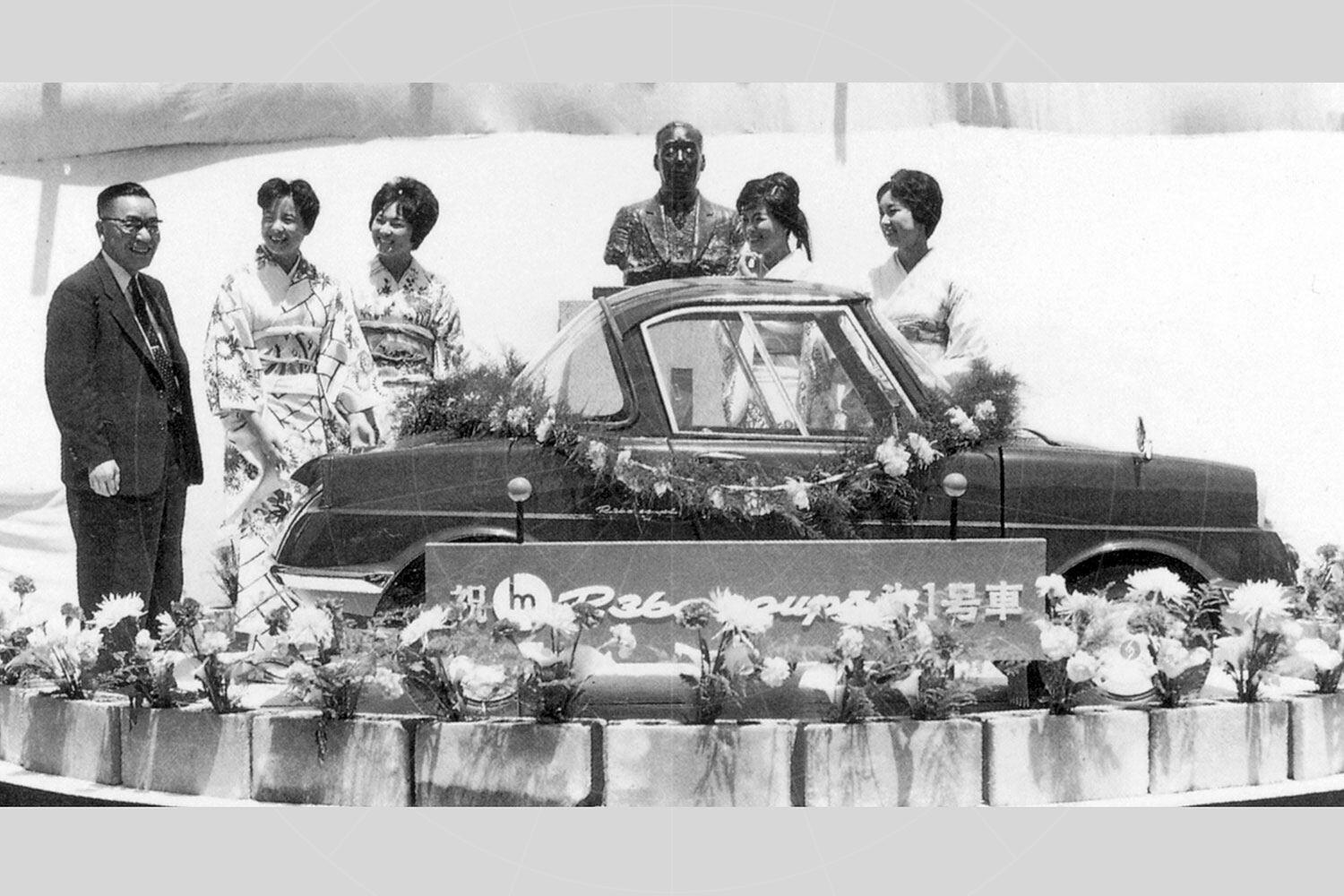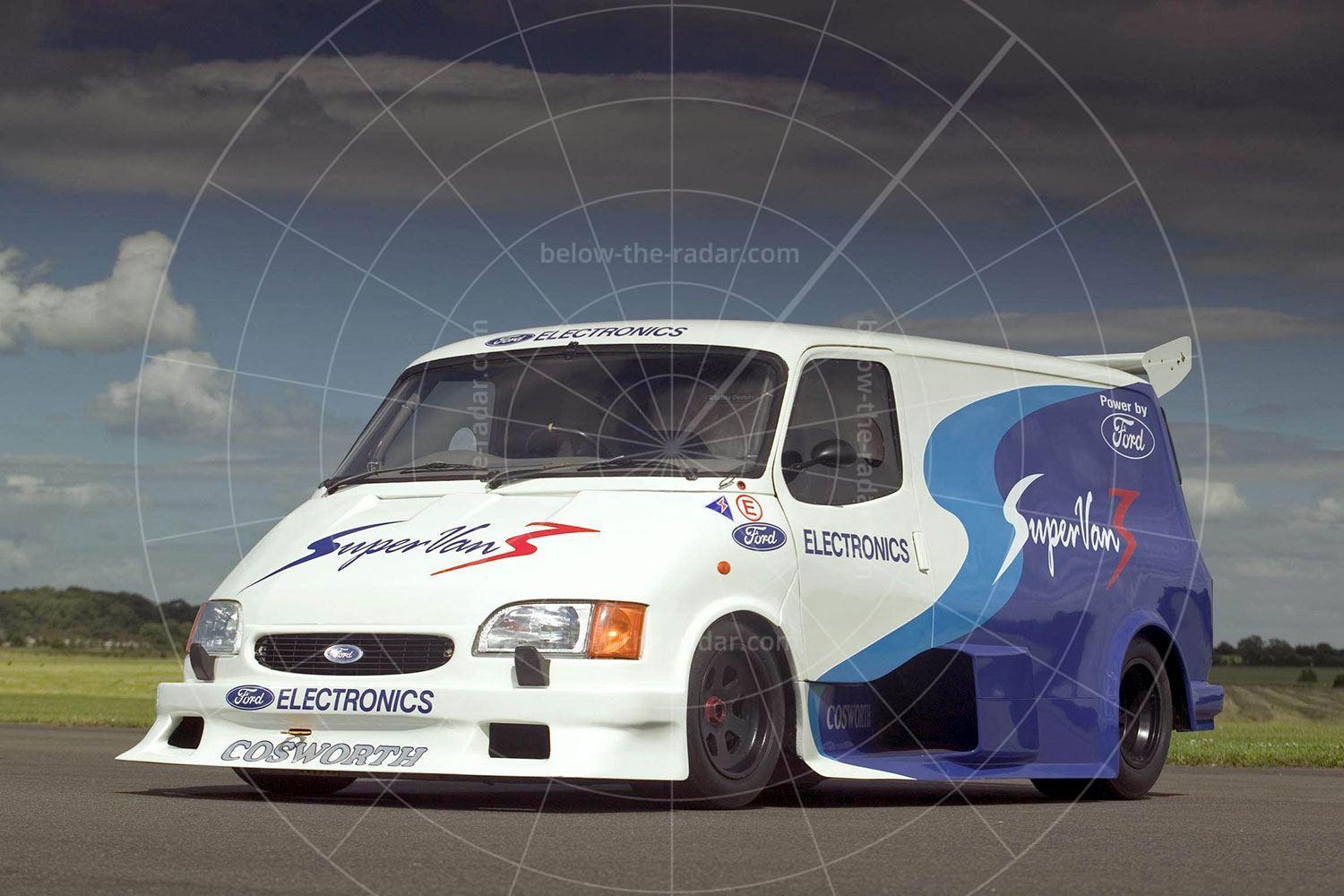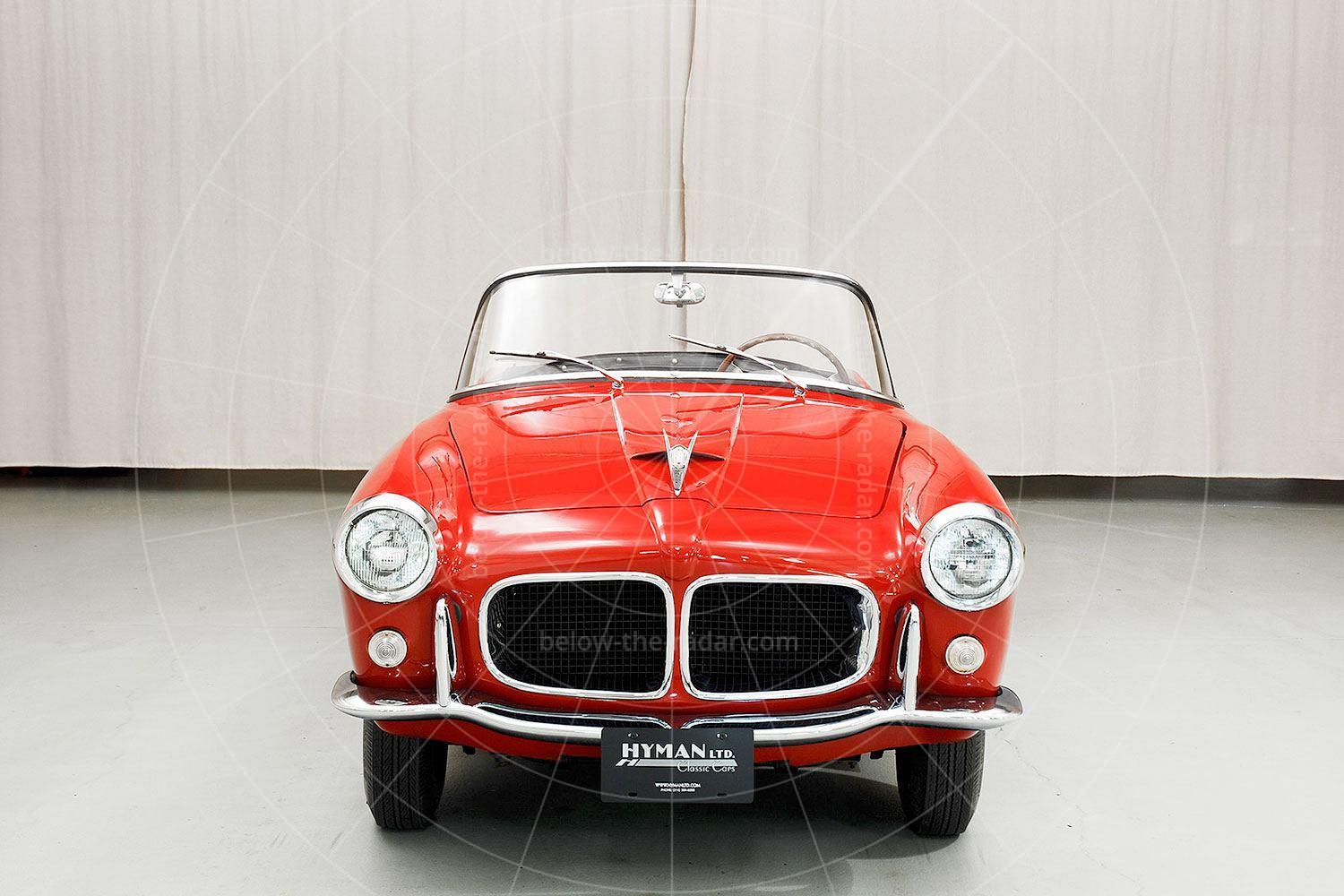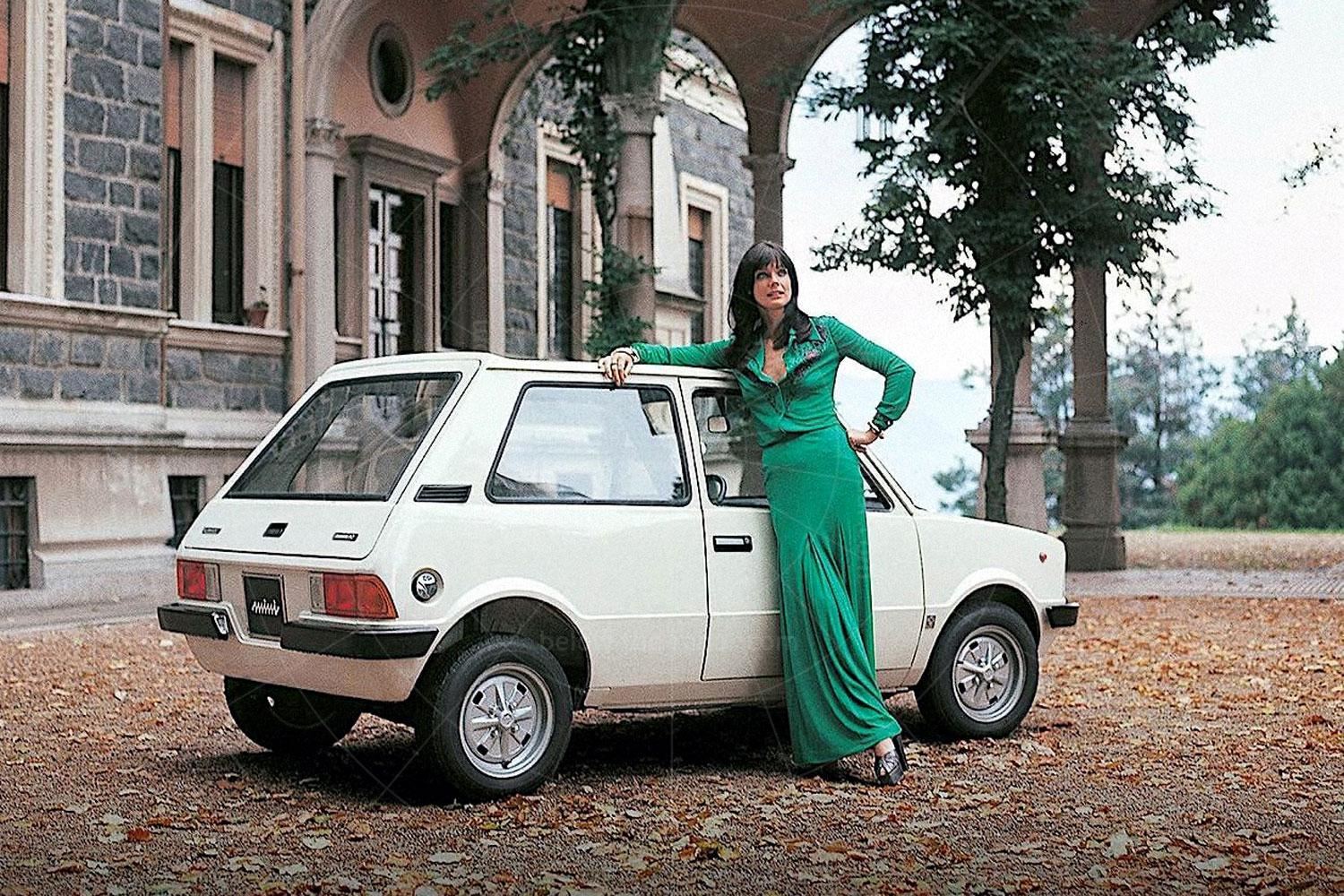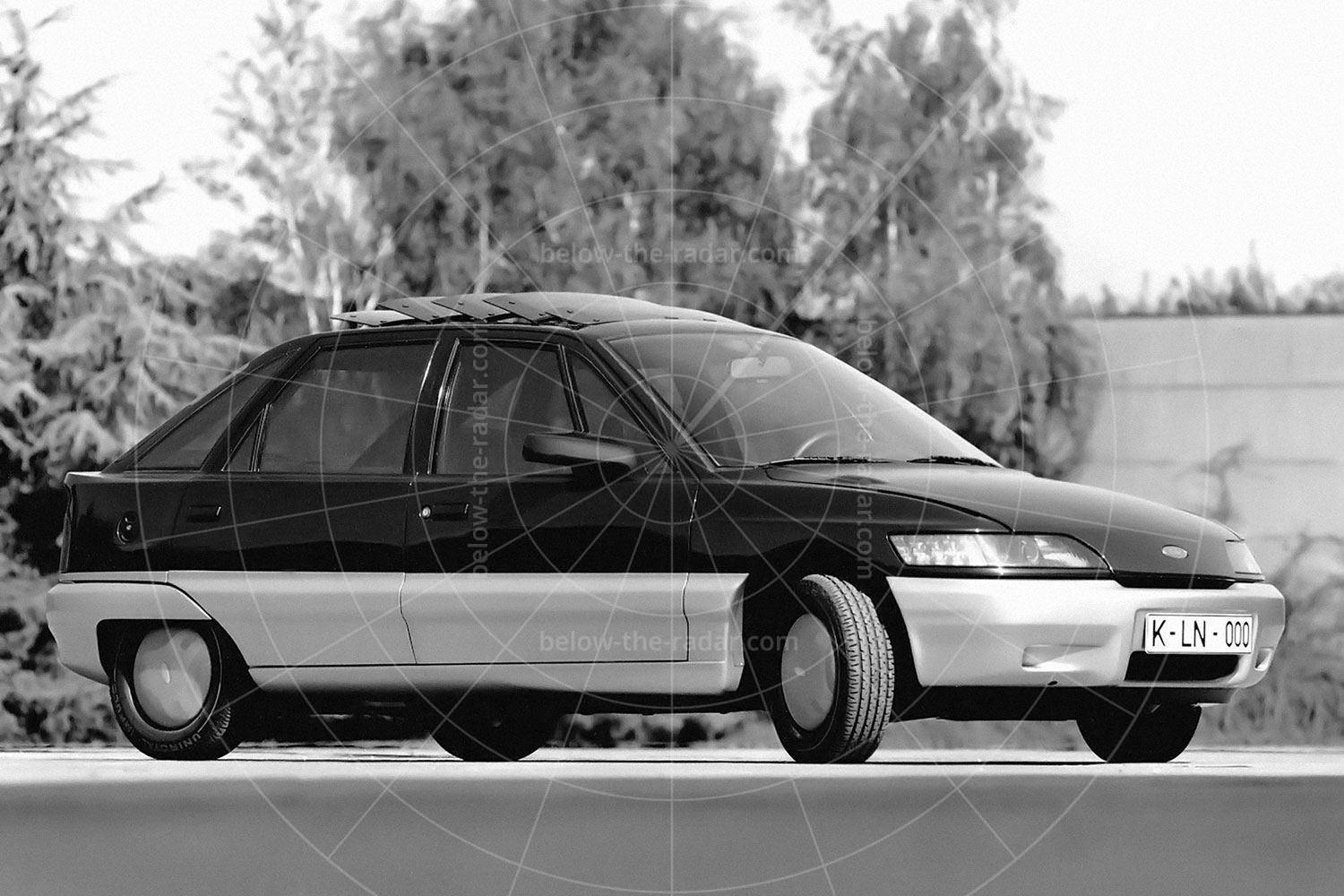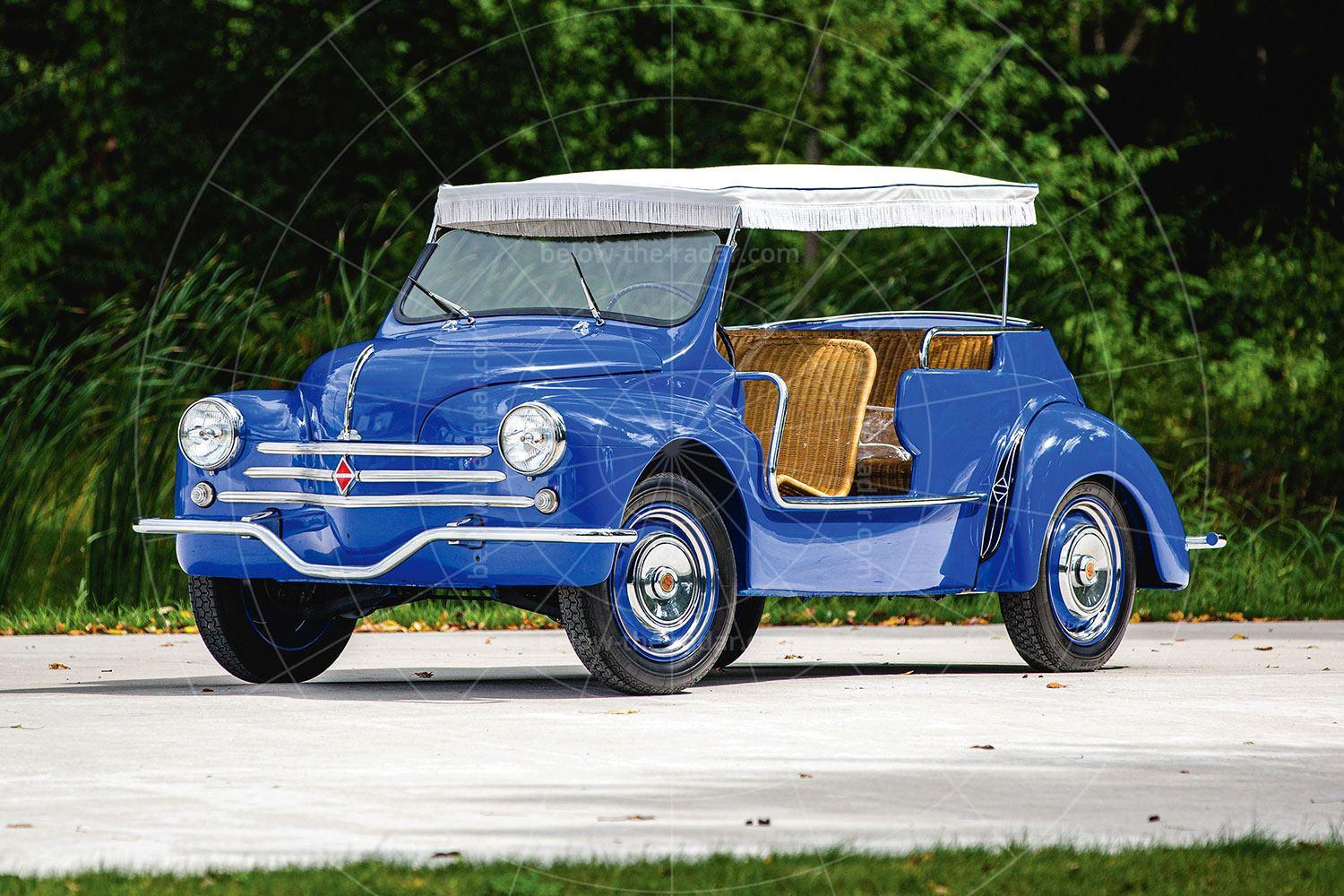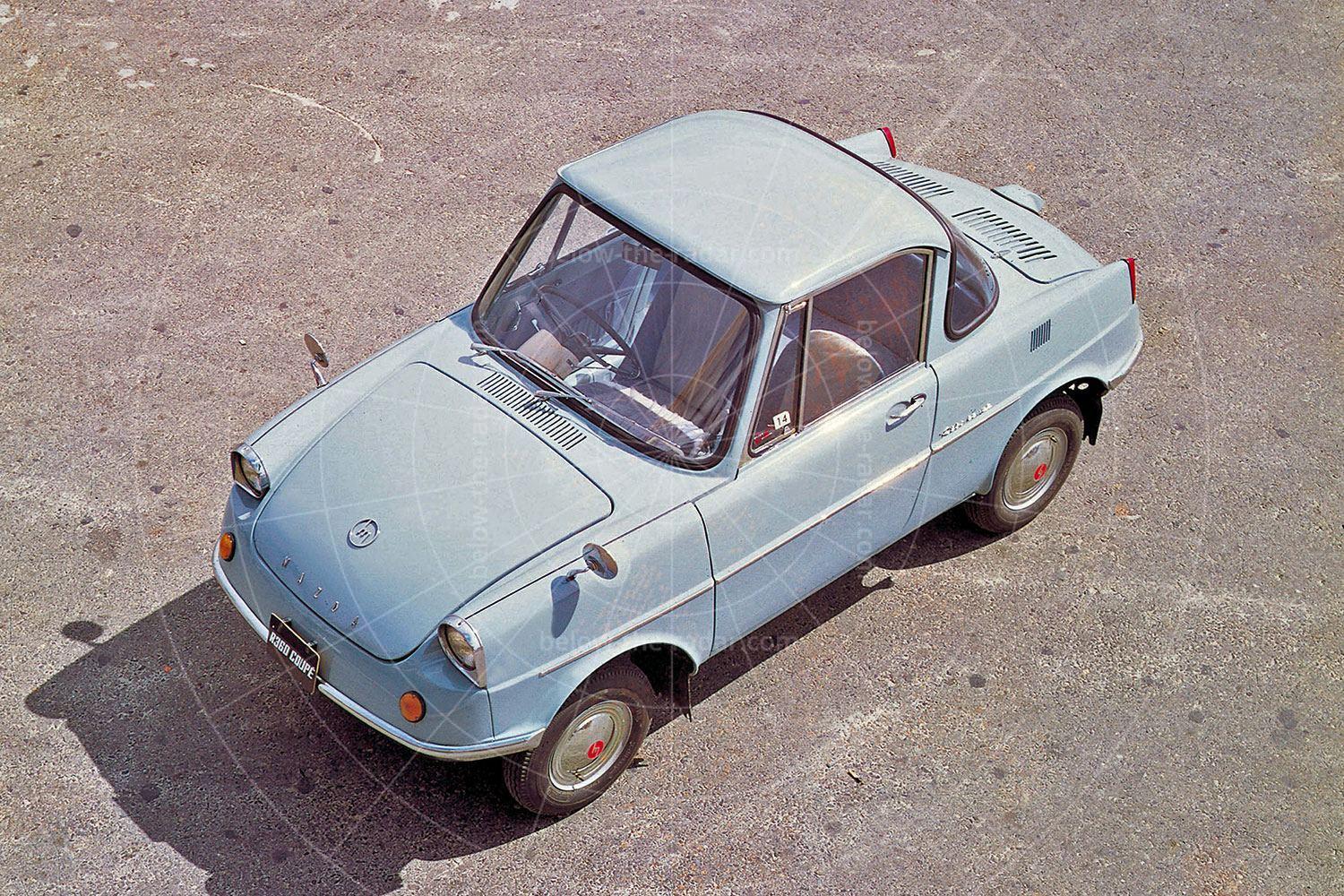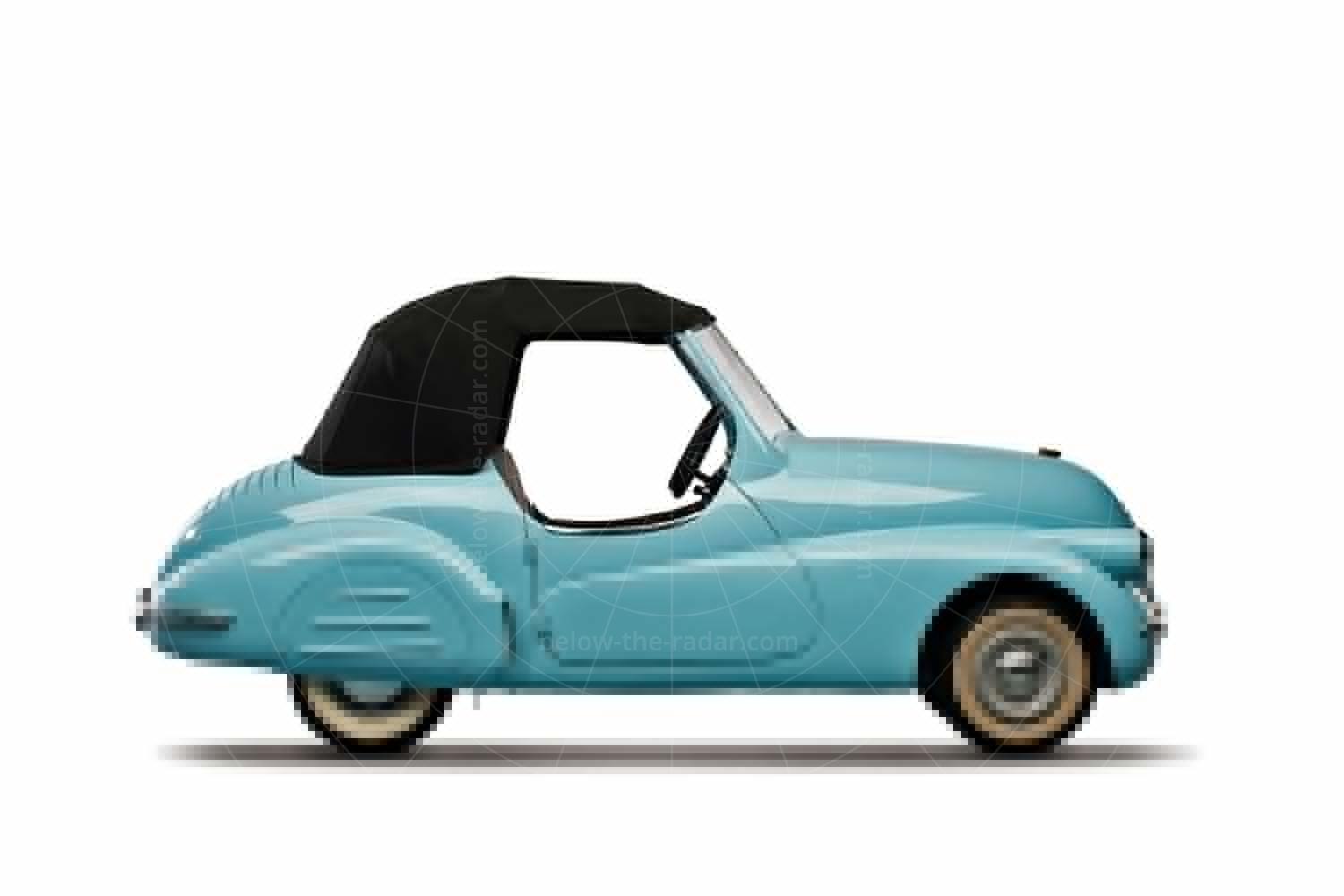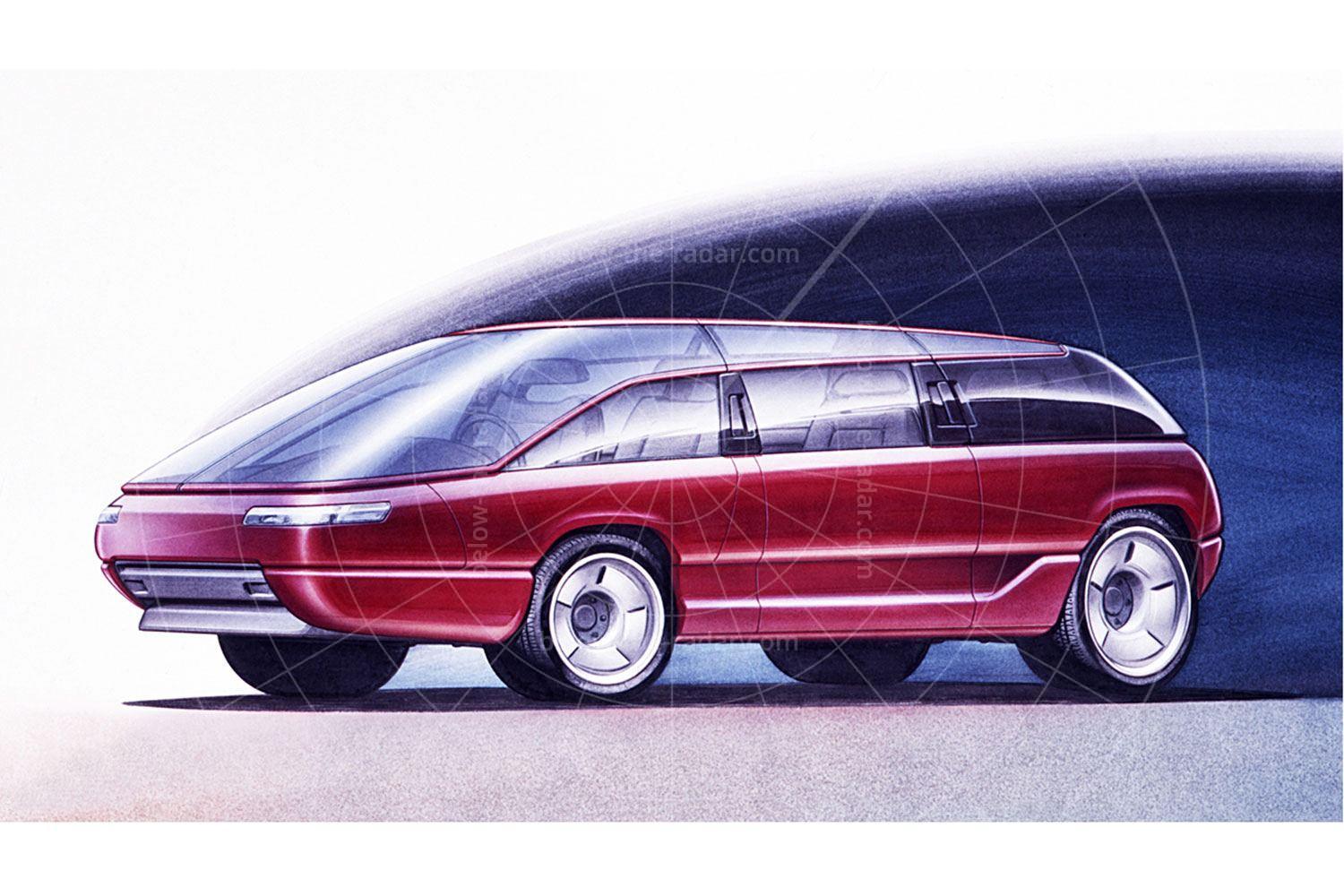By 1960 Japan was on the upward swing of an economic recovery. Car manufacture had been reinstated in 1949, and this increased competition in the marketplace meant that wholesalers and retailers had to speed up delivery by using private trucks of all sizes. Three-wheeler work trucks and delivery vehicles had become particularly symbolic of the nation’s recovery.
Incomes were increasing, the tourist bus business flourished, and ownership of a private car became a national dream. Car production was strictly government-regulated through a series of engine displacement categories, which encouraged manufacturers to get the maximum performance within each category. The small-displacement categories were particularly well suited to Japan’s narrow roads and high-density urban areas.
Created as a new class of vehicle with tax breaks that would provide families with independence and mobility, the Kei (short for Keijidosha, or light car) class had been launched in 1949 with a 150cc limit. When that was increased to 360cc in 1955, things started to take off and by the early 1960s there was a raft of tiny vehicles buzzing around the streets of Japan. These included the Suzuki Suzulight, the Subaru 360 and the Mazda R360, all of which launched the passenger car-making careers of their respective makers.
Mazda launched its R360 on 28 May 1960, to great acclaim. Most importantly this tiny four-seater was eminently affordable. At 300,000 yen (about £285) the R360 was far more sophisticated than the scooter-like Fuji Cabin, for which 230,000 yen was being asked. Technically very advanced, the R360 featured a monocoque steel body with an aluminium bonnet and engine cover, making it, at 840lb, the lightest four-seater car on the market. Having said that, the R360 wasn't what you could call a full-sized four-seater, with its overall length of just nine feet and nine inches (2972mm), while the height and width were both a mere four feet and two inches (1270mm). As a result the R360 was more of a 2+2.
Suspension was independent rubber-in-torsion on all corners, with telescopic shock absorbers. The engine was the first four-stroke to be used by a car in this micro-class, which provided better fuel economy than the two-strokes. The 356cc V-twin engine featured aluminium cylinder heads to cut weight, while the four-speed manual gearbox was fitted with a magnesium alloy casing for the same reason. Intriguingly there was an optional two-speed automatic transmission for an extra £20, and so pioneering was this that the R360 was the first Japanese car with a torque converter. The Japanese have always loved abbreviations aplenty and the R360 was no different; with the manual transmission fitted the car was codenamed KRBB, while in auto form it was the KRBC.
To cap it all the Mazda R360's styling was superb; a jaunty, stylish mix of form and function. Proportions were extremely well handled for such a small car, and there was a subtle reverse rake of the B-pillars, albeit with a wrap-around rear window (made of Plexiglass to cut weight), giving the Mazda a cheeky demeanour. When The Autocar introduced the R360 to its readers in October 1960 it pronounced:
No longer can the accusing finger be pointed at the Japanese as mere copyists in car design, since there is now abundant evidence of original thought and application. A recent example of this is the Mazda R360 coupé, now in full production, which conceals an intriguing mechanical specification beneath a completely individual bodyshell.
The R360 was so highly regarded that a week before its launch Mazda took orders for 4500 cars, and as a result this tiny family coupé would be in production for six years. By the end of 1960 the R360 accounted for almost two-thirds of the kei-car market, and 15% of Japan's entire passenger car market, with production running at 2000 units per month. Having undertaken a survey before the car's launch, which found that 638,000 people were in a position to buy an R360, at launch Mazda spoke about a monthly production fiugure of 5000 by the end of 1961, with this figure jumping to a massive 20,000 in time. When production was finally wound up in 1966, around 65,000 Mazda R360s had been built, just 700 or so with left-hand drive.
The R360's advanced design and careful attention to refinement and detail provided a solid base for all of Mazda’s future car production and pointed the way for the entire Japanese auto industry – although plenty of European car makers dismissed the Japanese until well into the 1980s, at their peril.
| Vital statistics | |
|---|---|
| Produced | 1960-1966, Japan |
| Number built | 65,000 approx |
| Engine | Rear-mounted, 356cc, V-twin |
| Transmission | 4-speed manual/2-speed auto, rear-wheel drive |
| Power | 12bhp at 4000rpm |
| Torque | 16lb ft at 4000rpm |
| Top speed | 56mph |
| 0-40mph | 18.5 seconds |
| Price | £285 (1960) |
- The white Mazda R360 shown in some of the pictures was sold by RM Sotheby's in 2013 for $28,750. Many thanks RM Sotheby's for the use of its pictures to illustrate this article.

